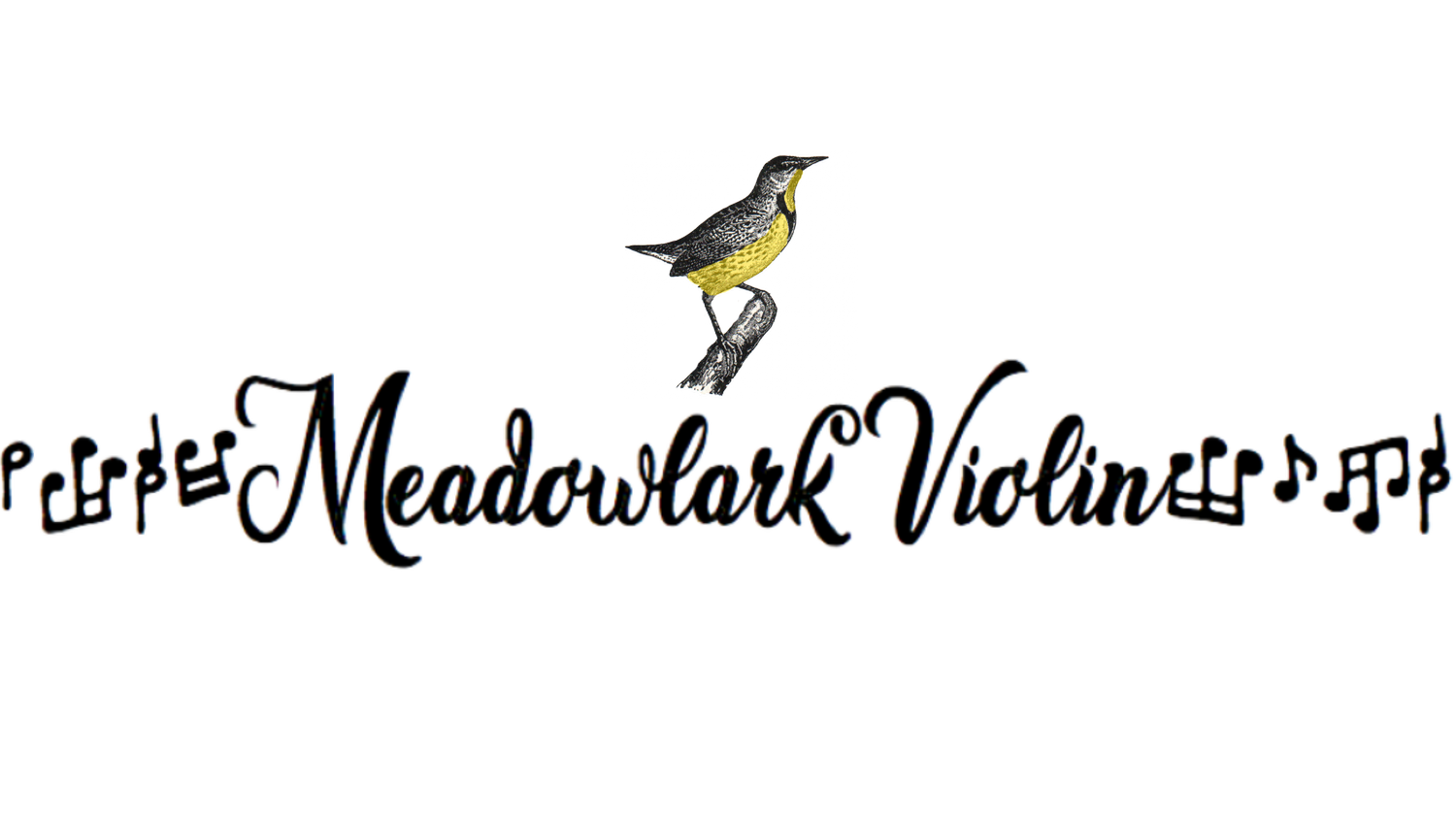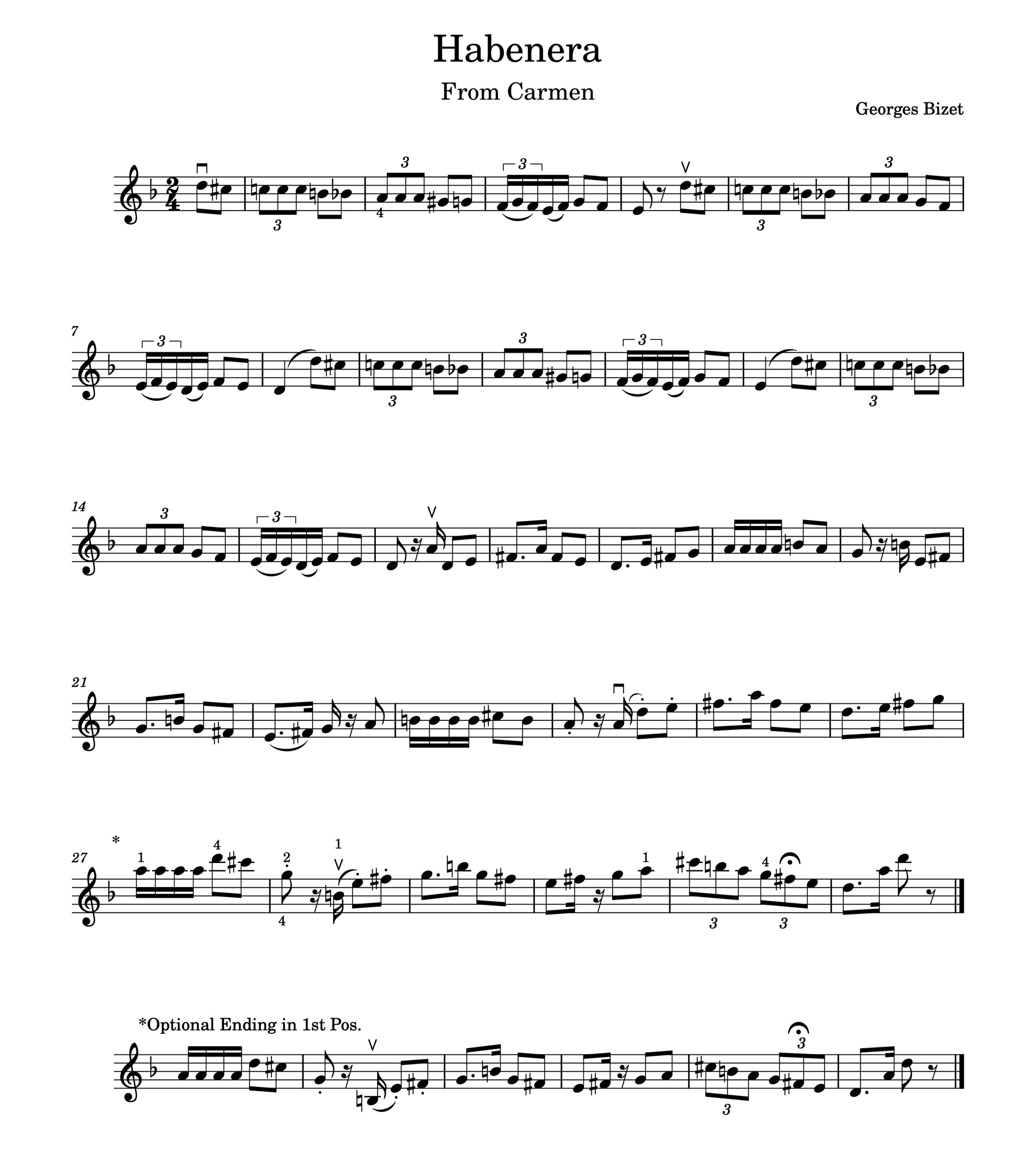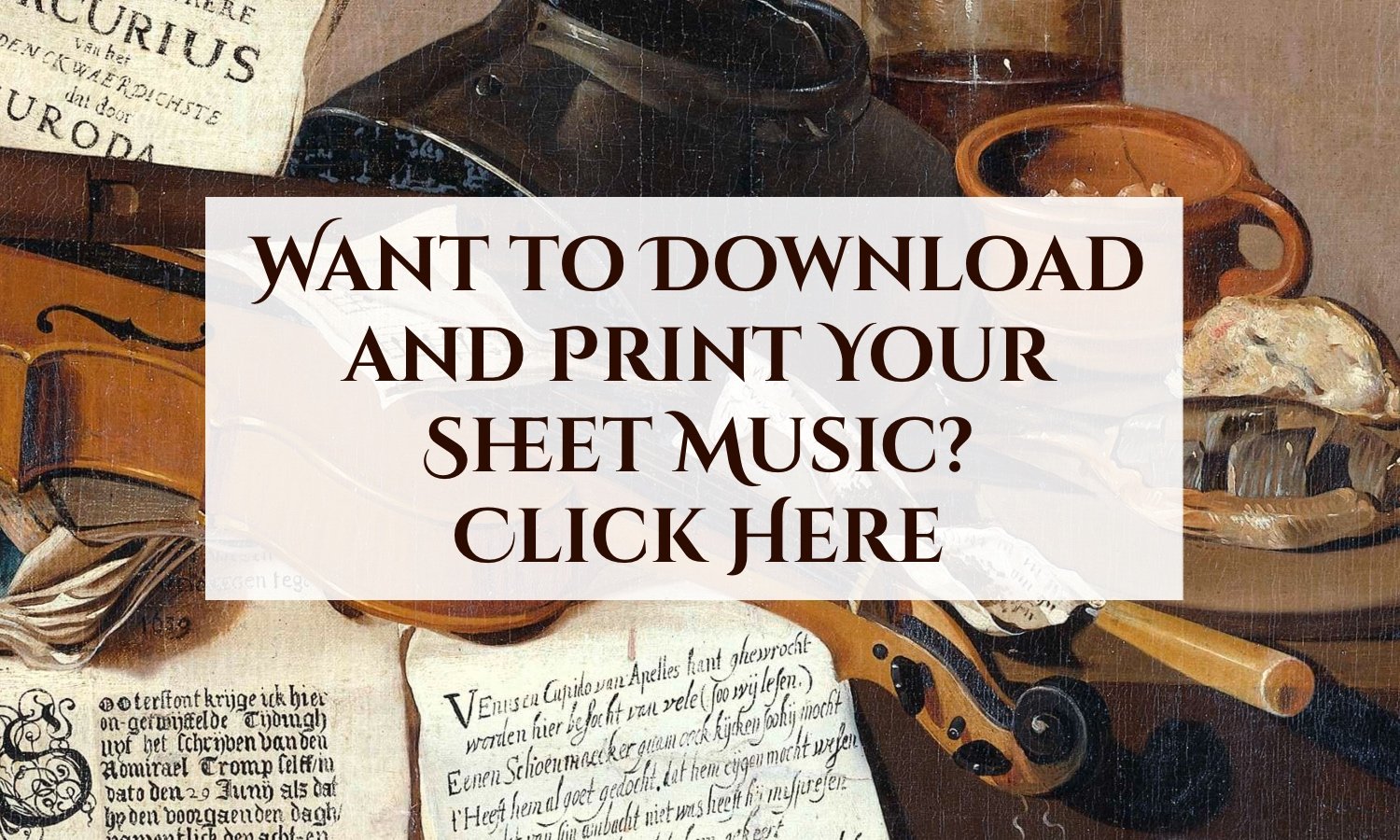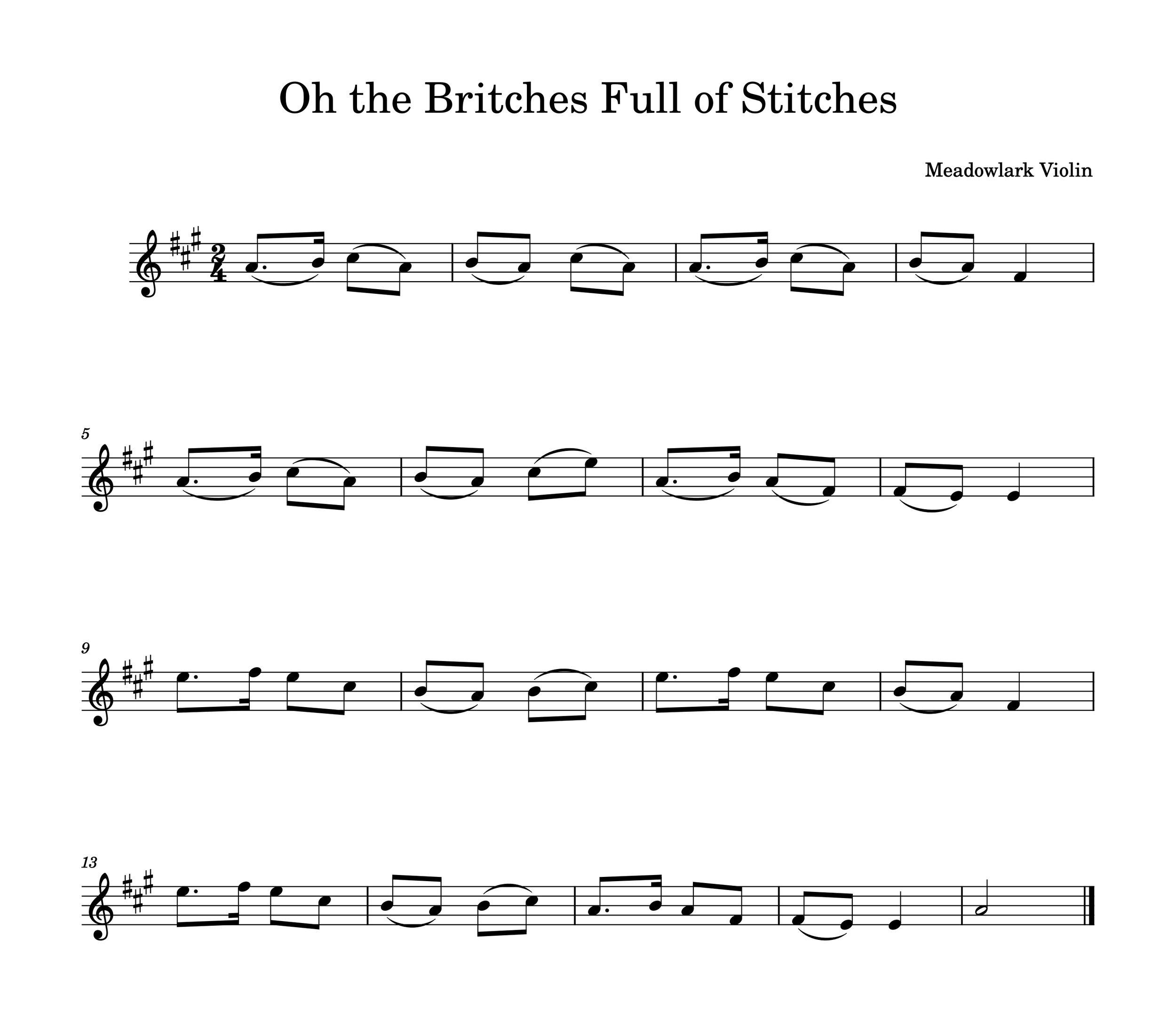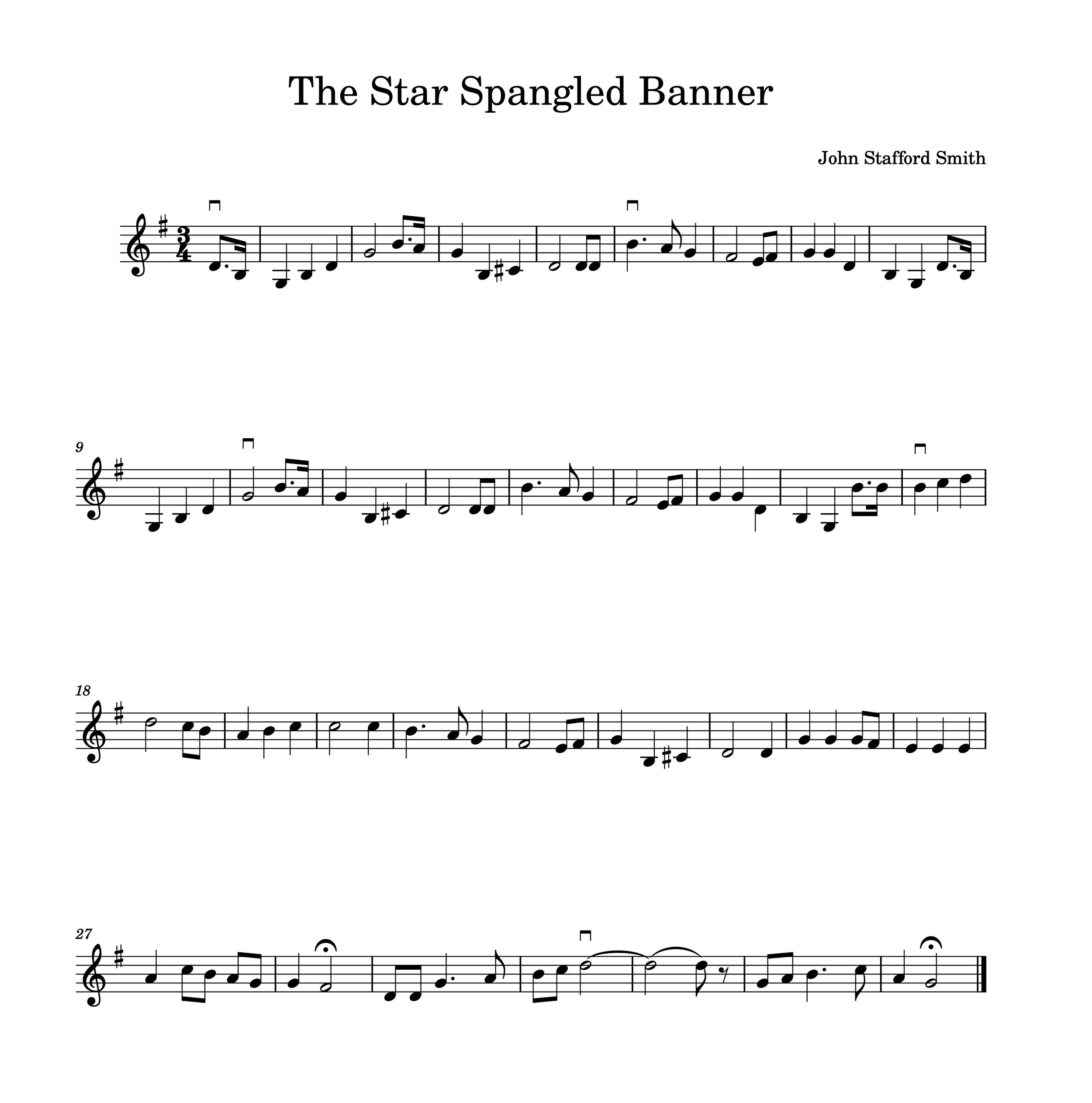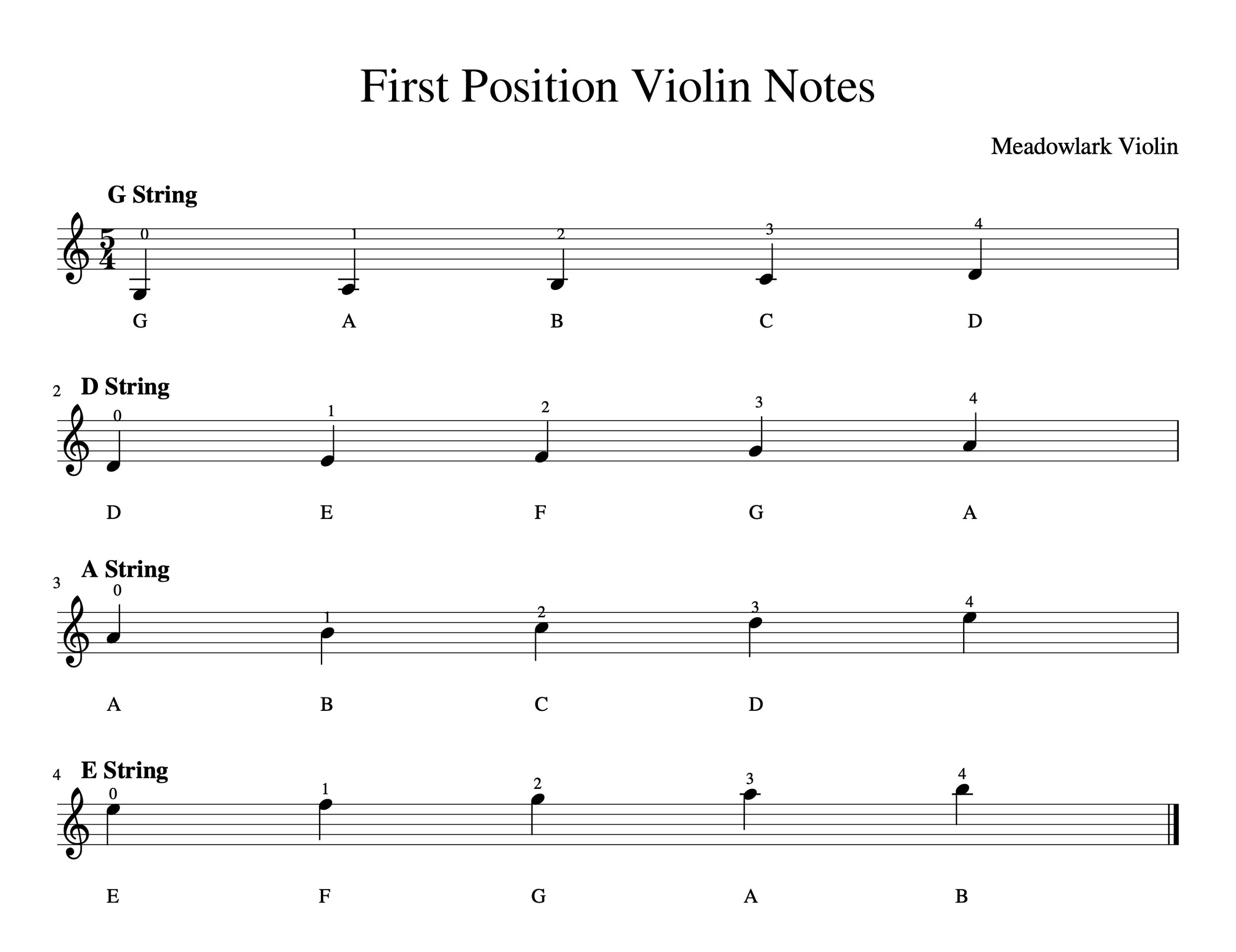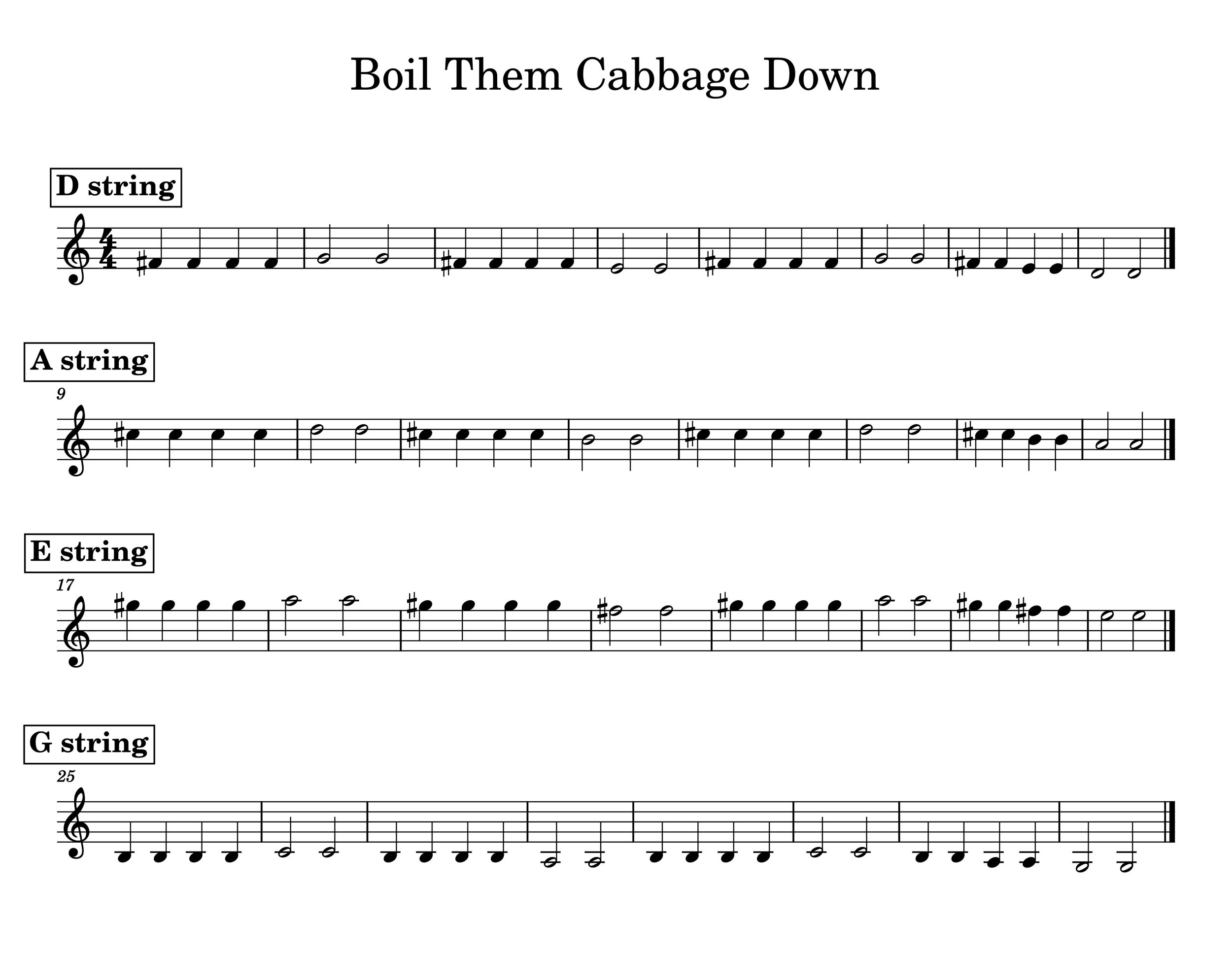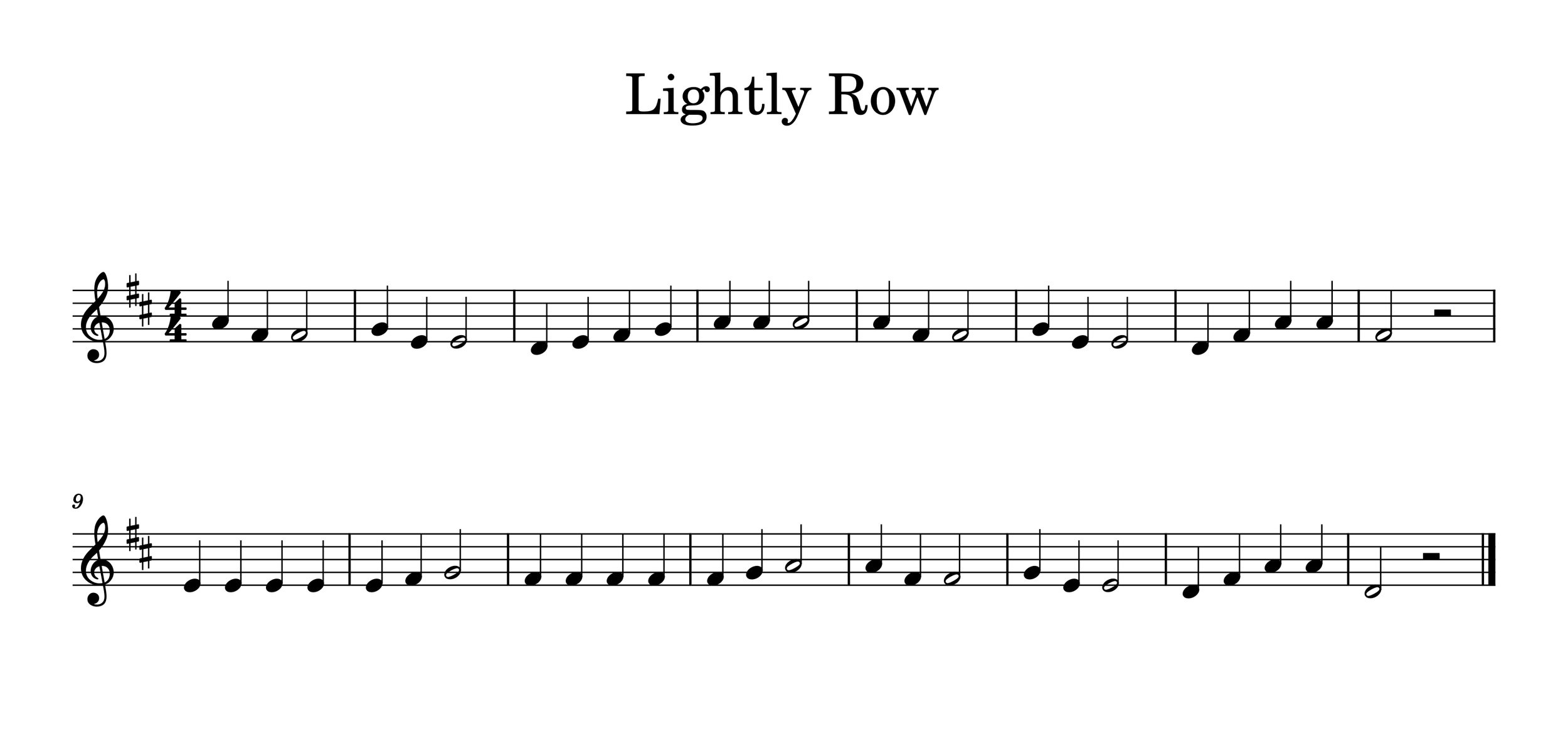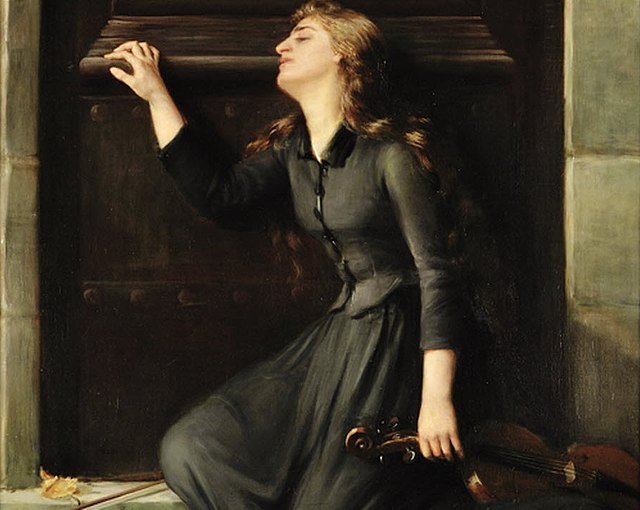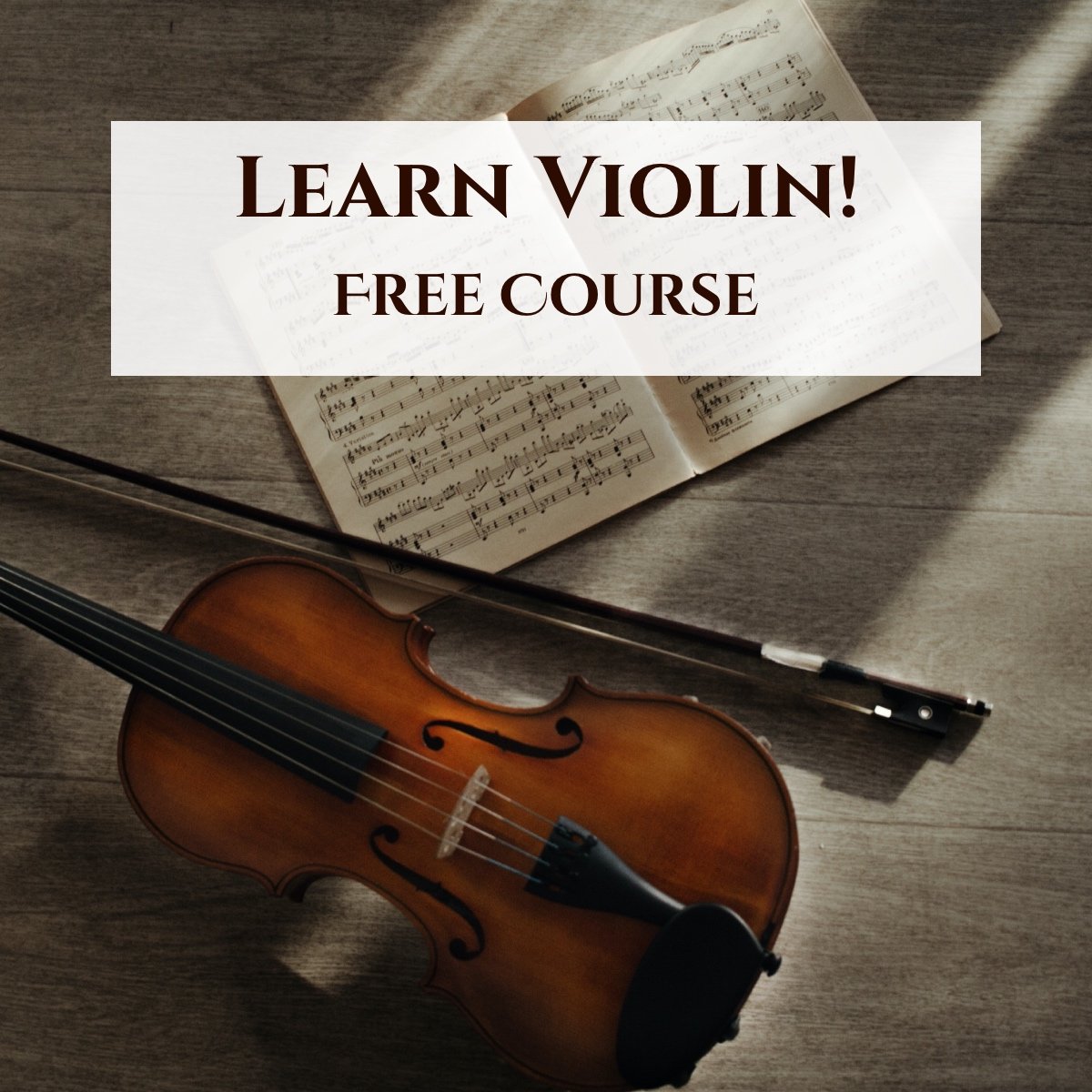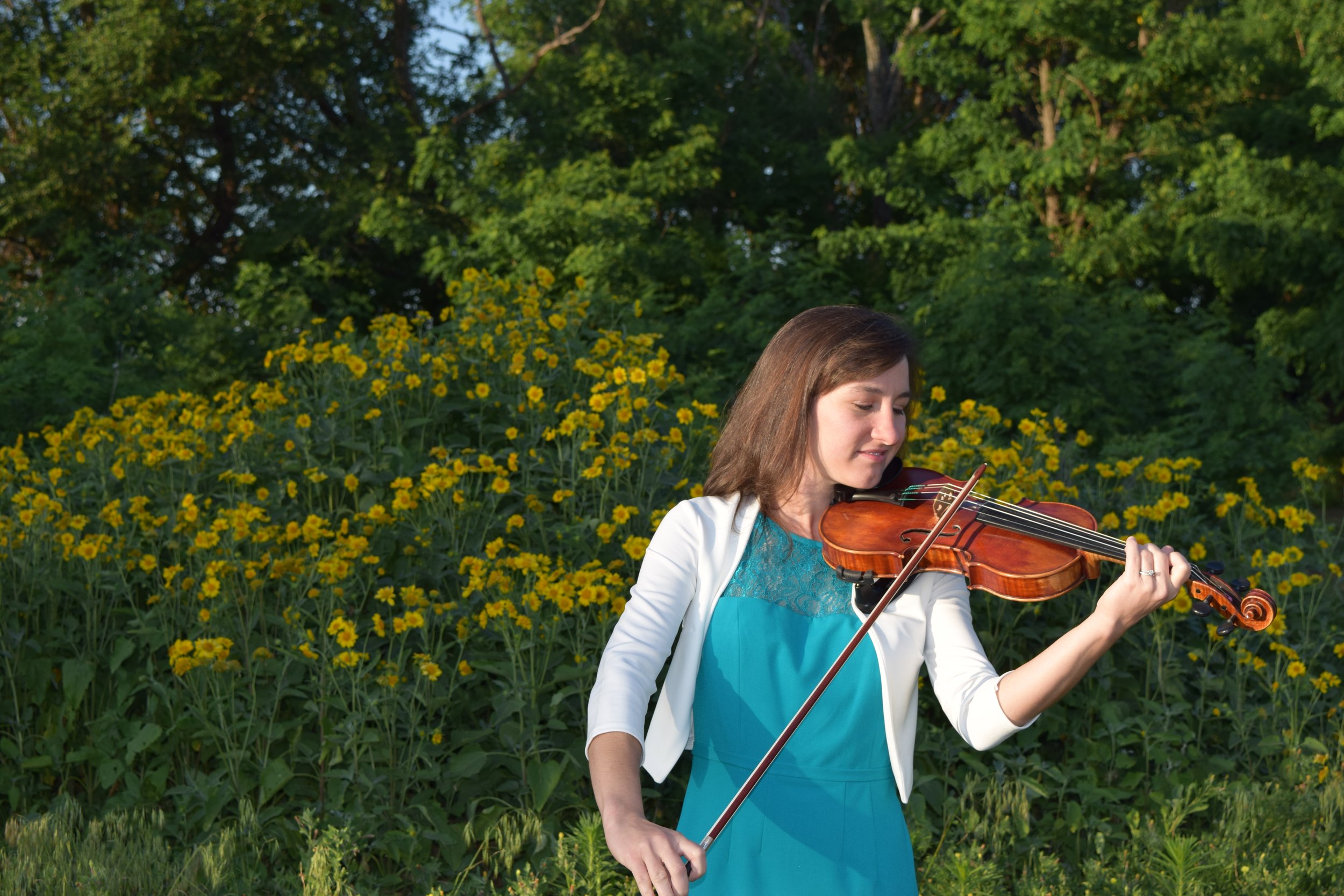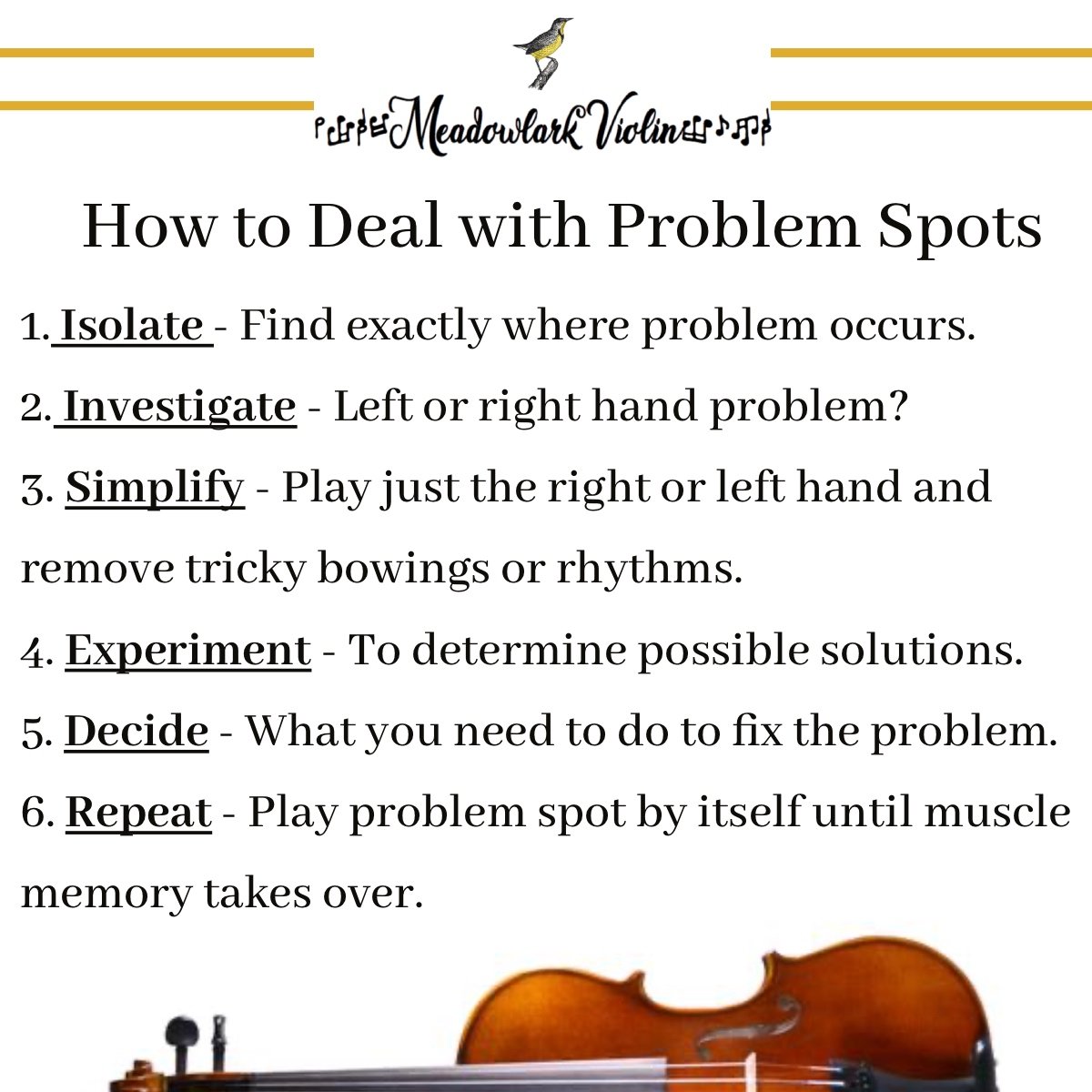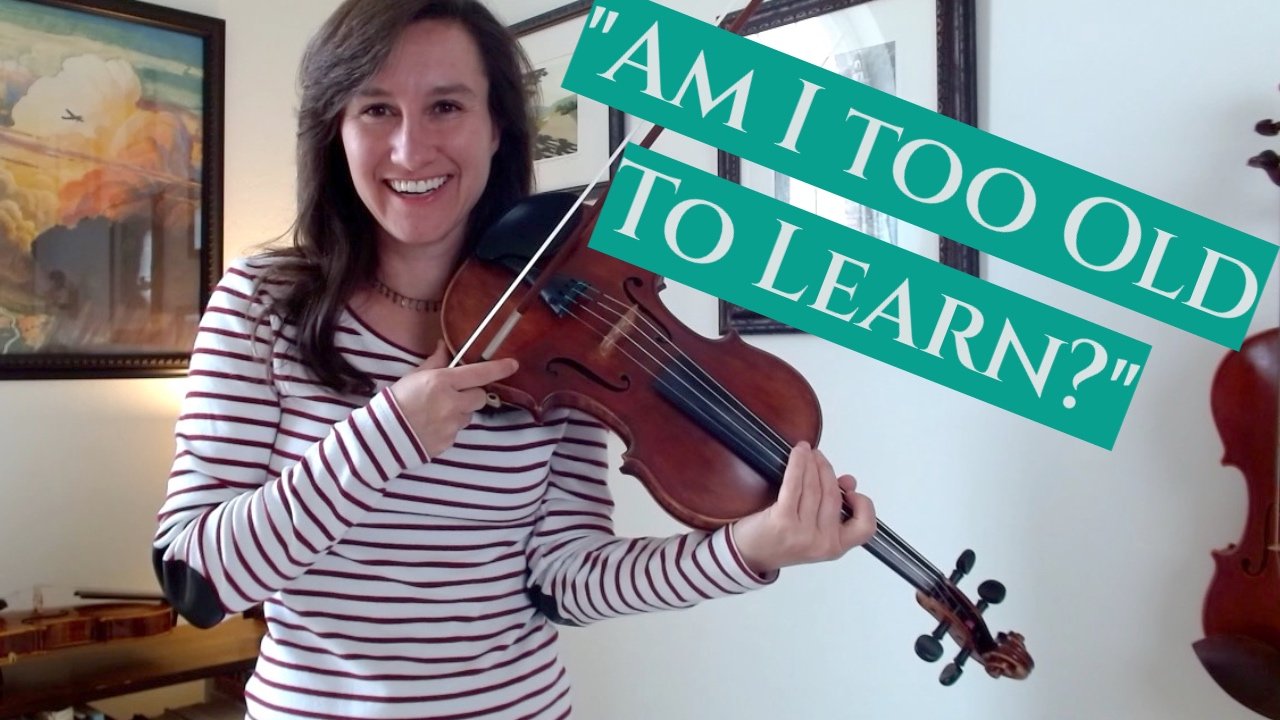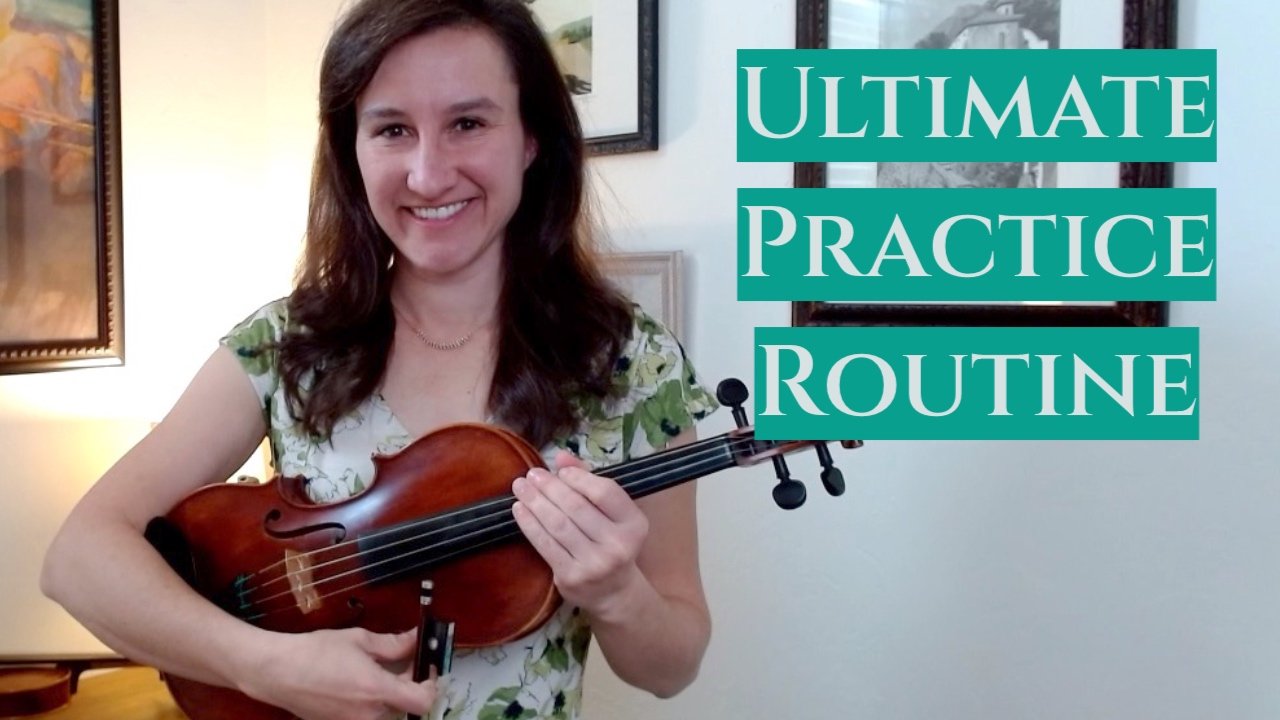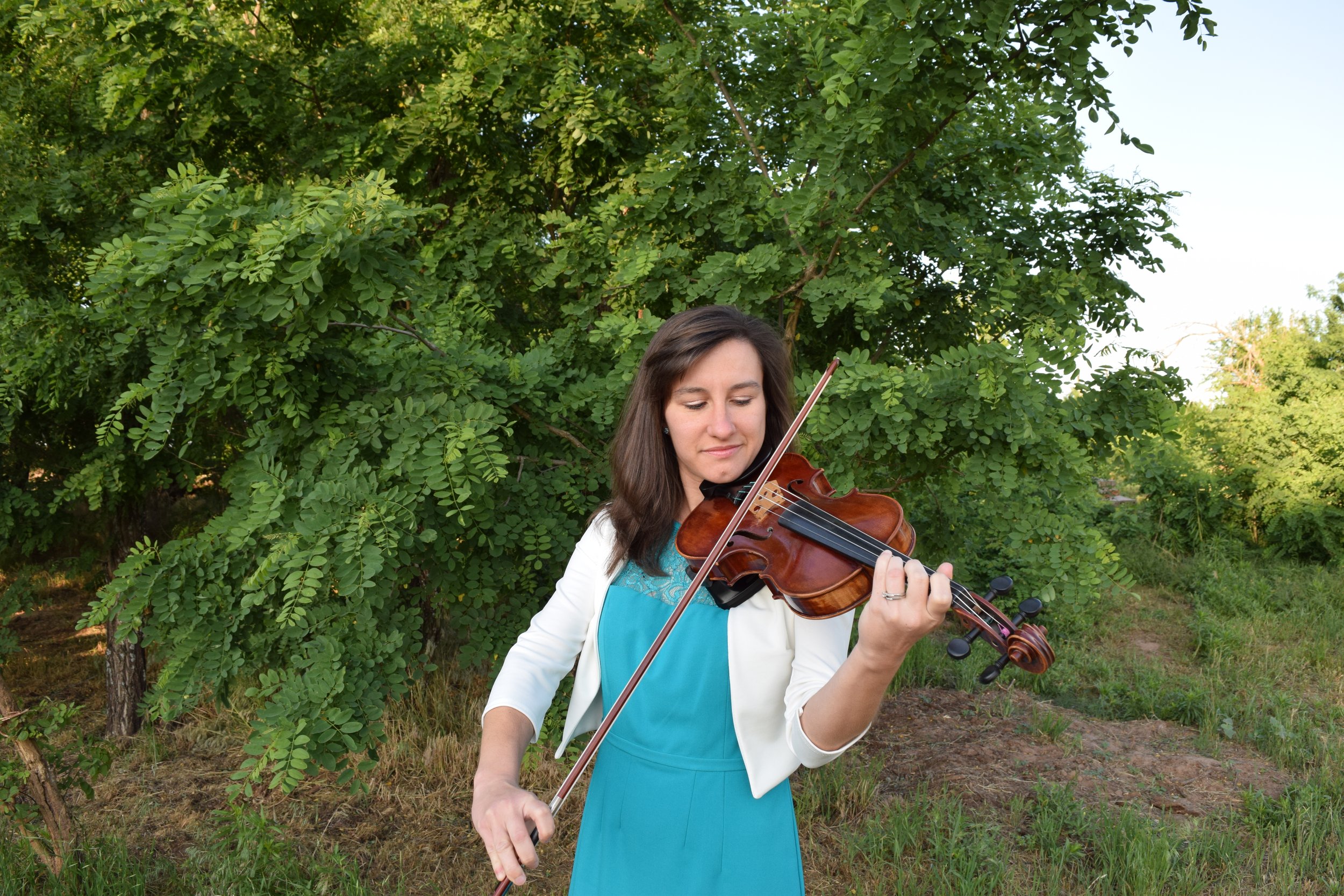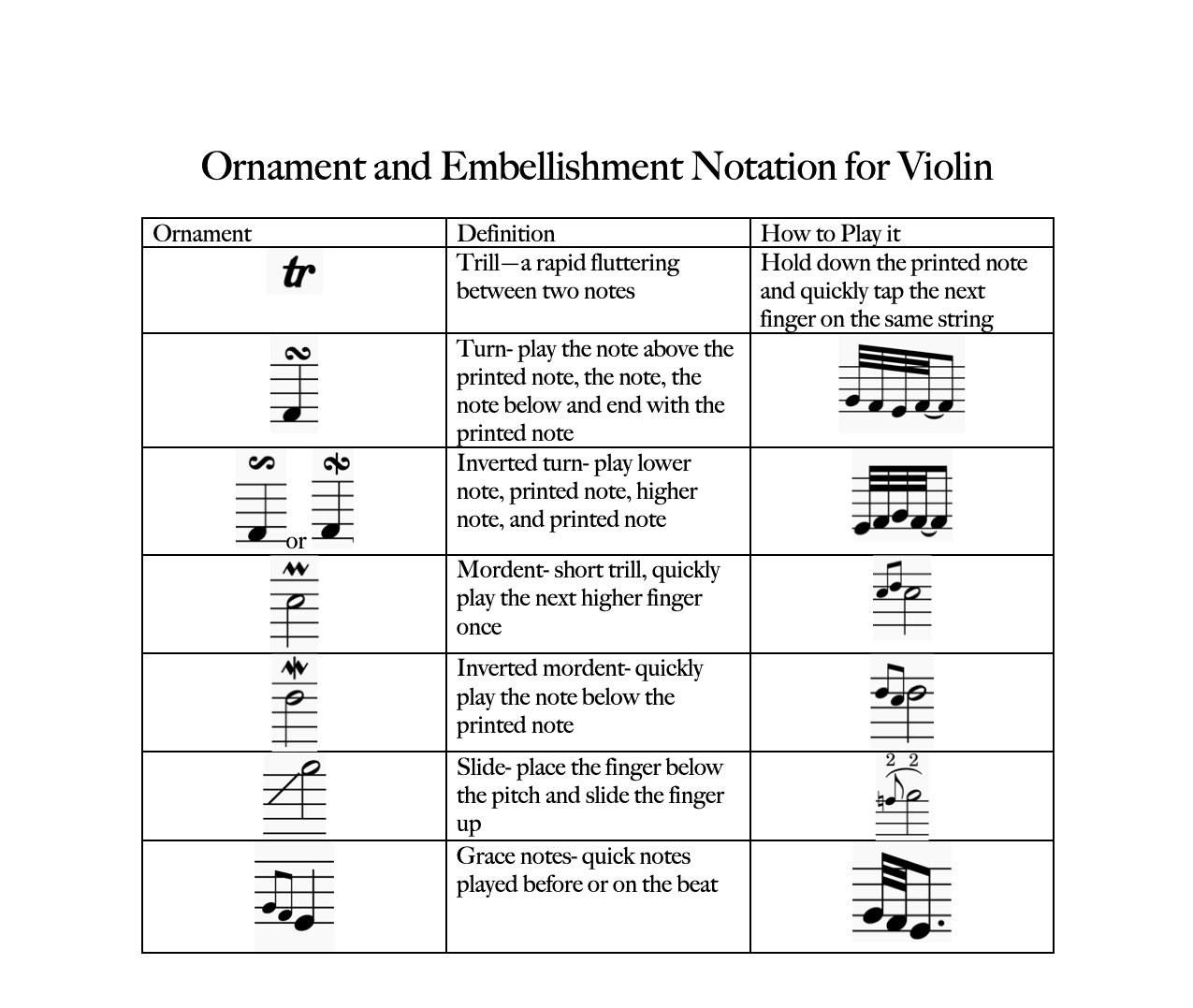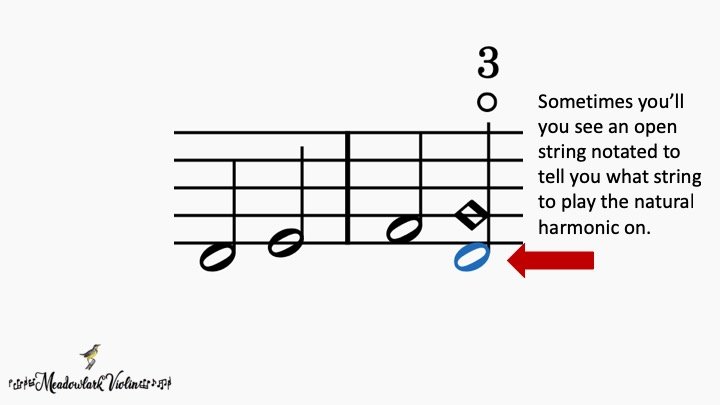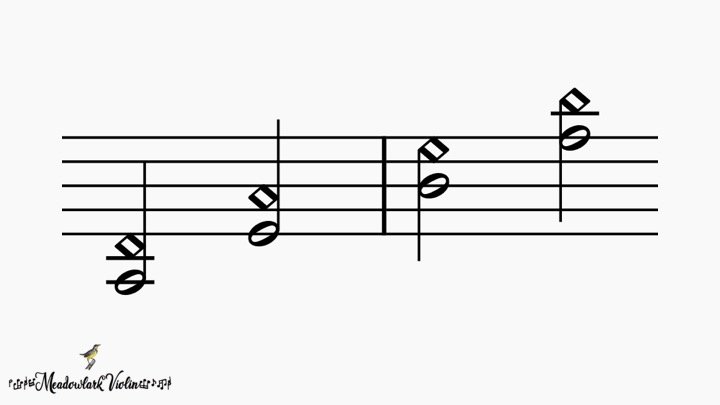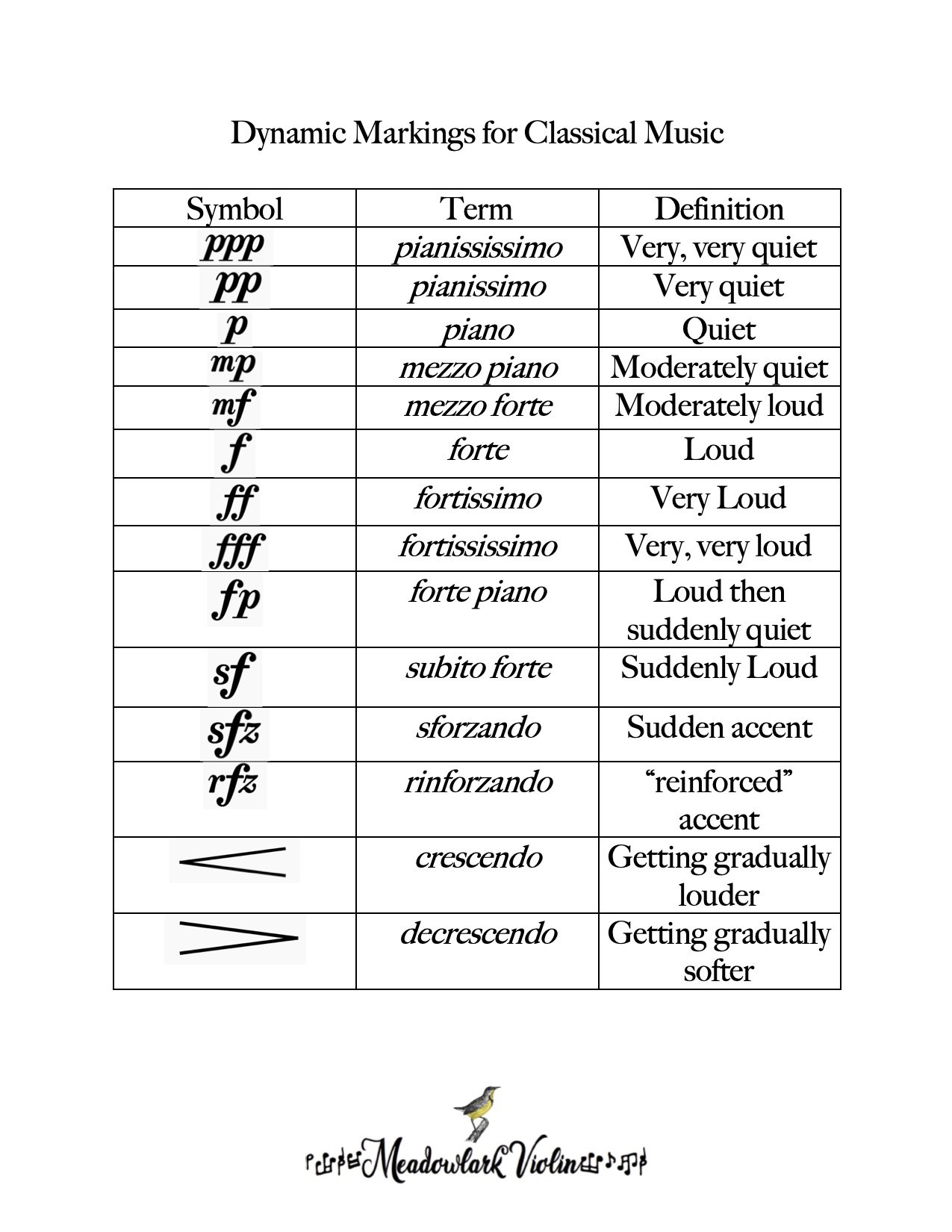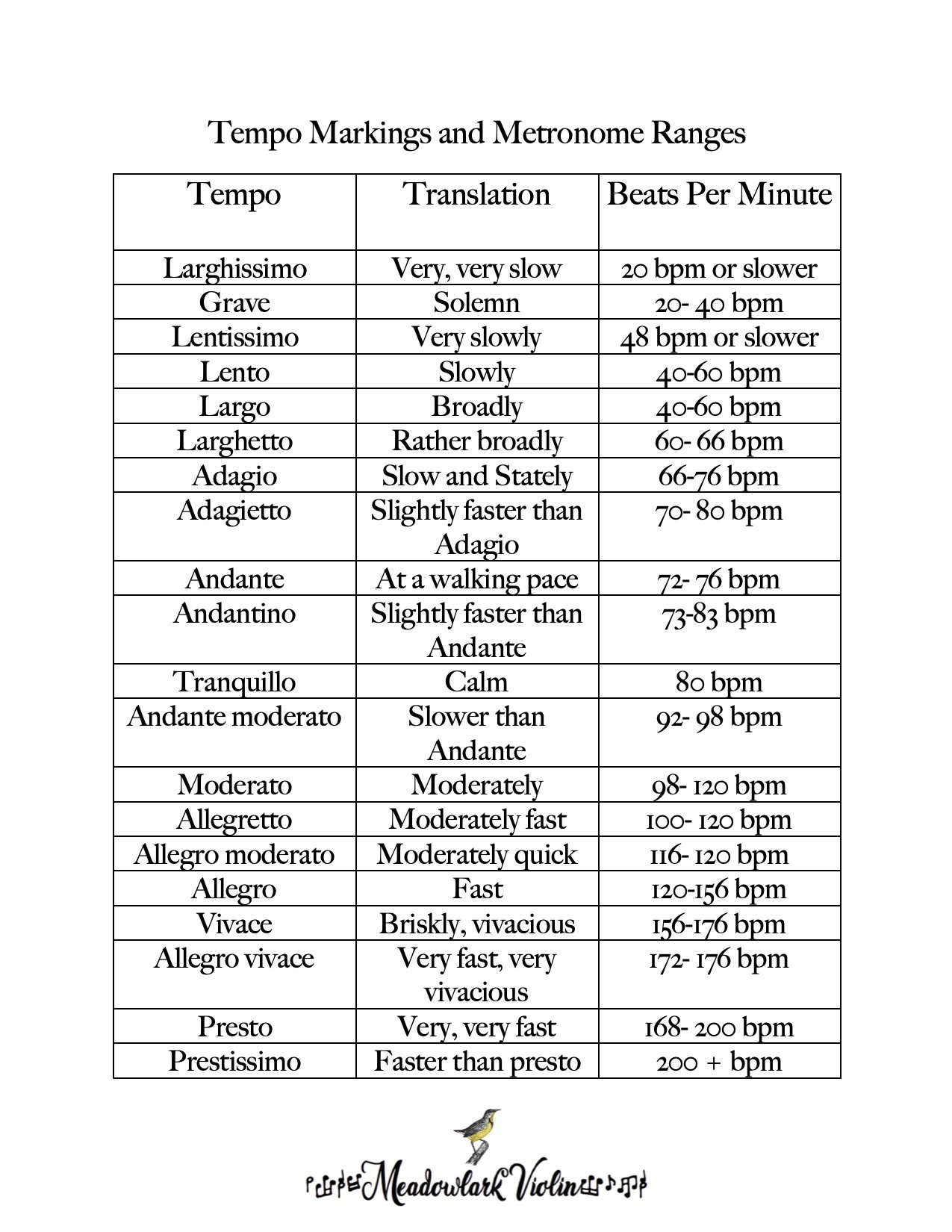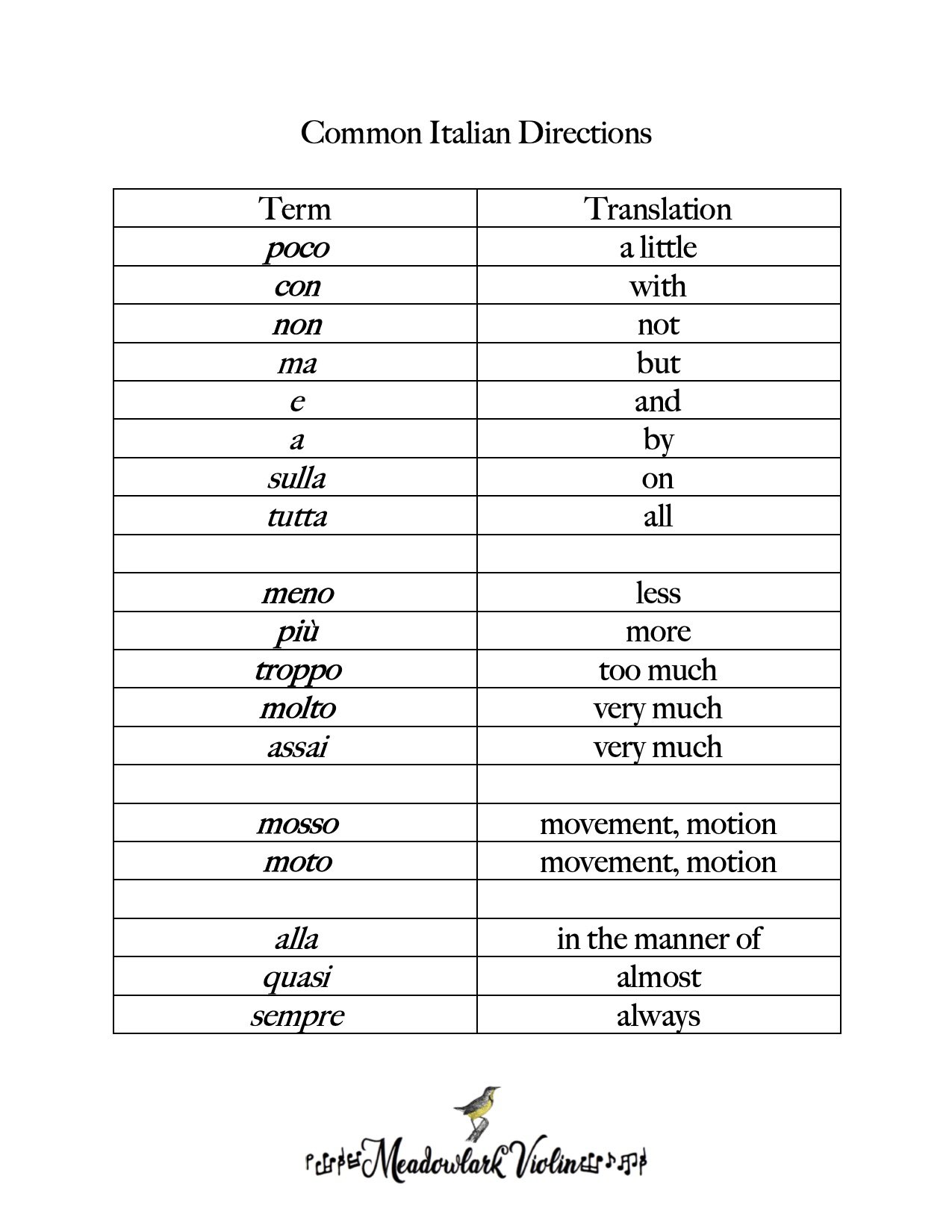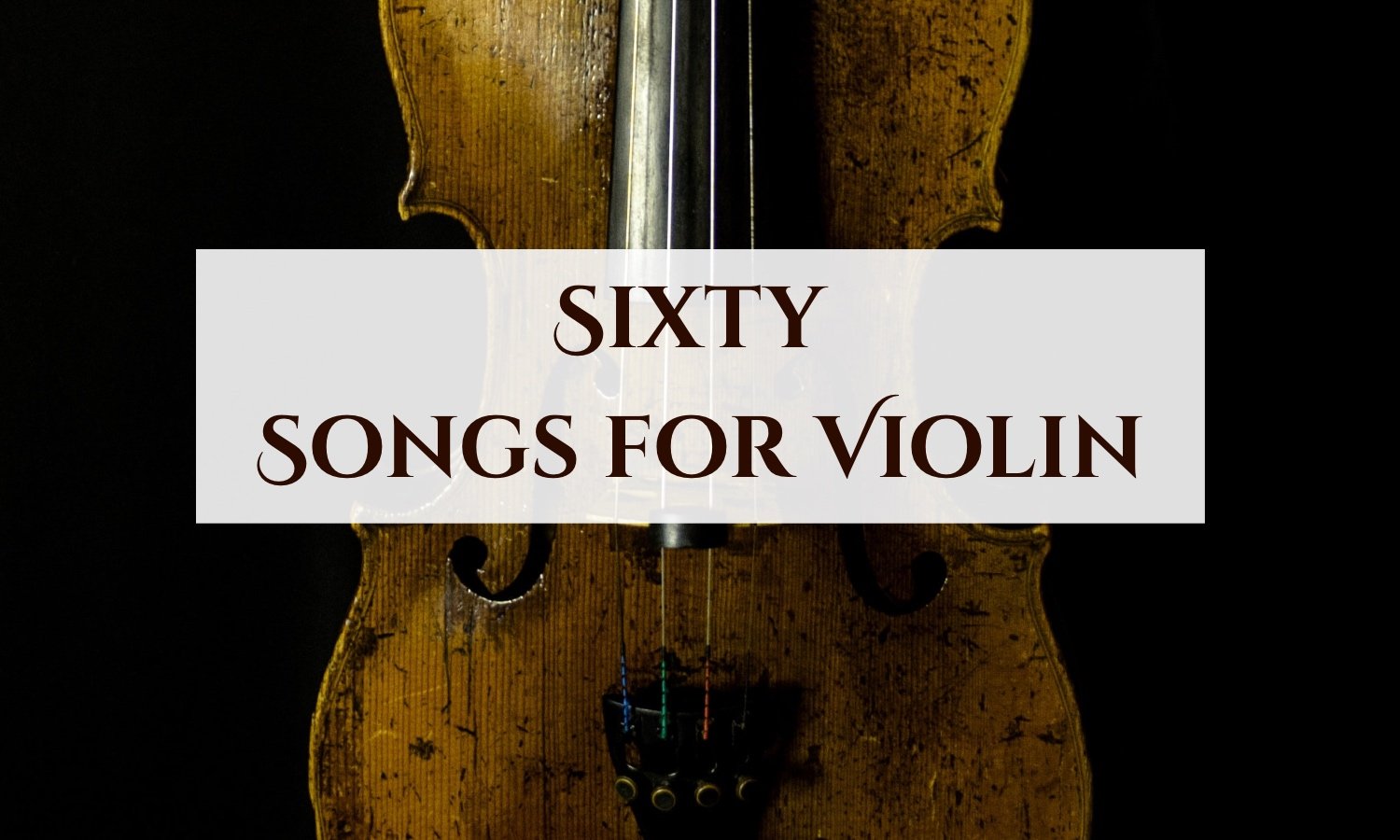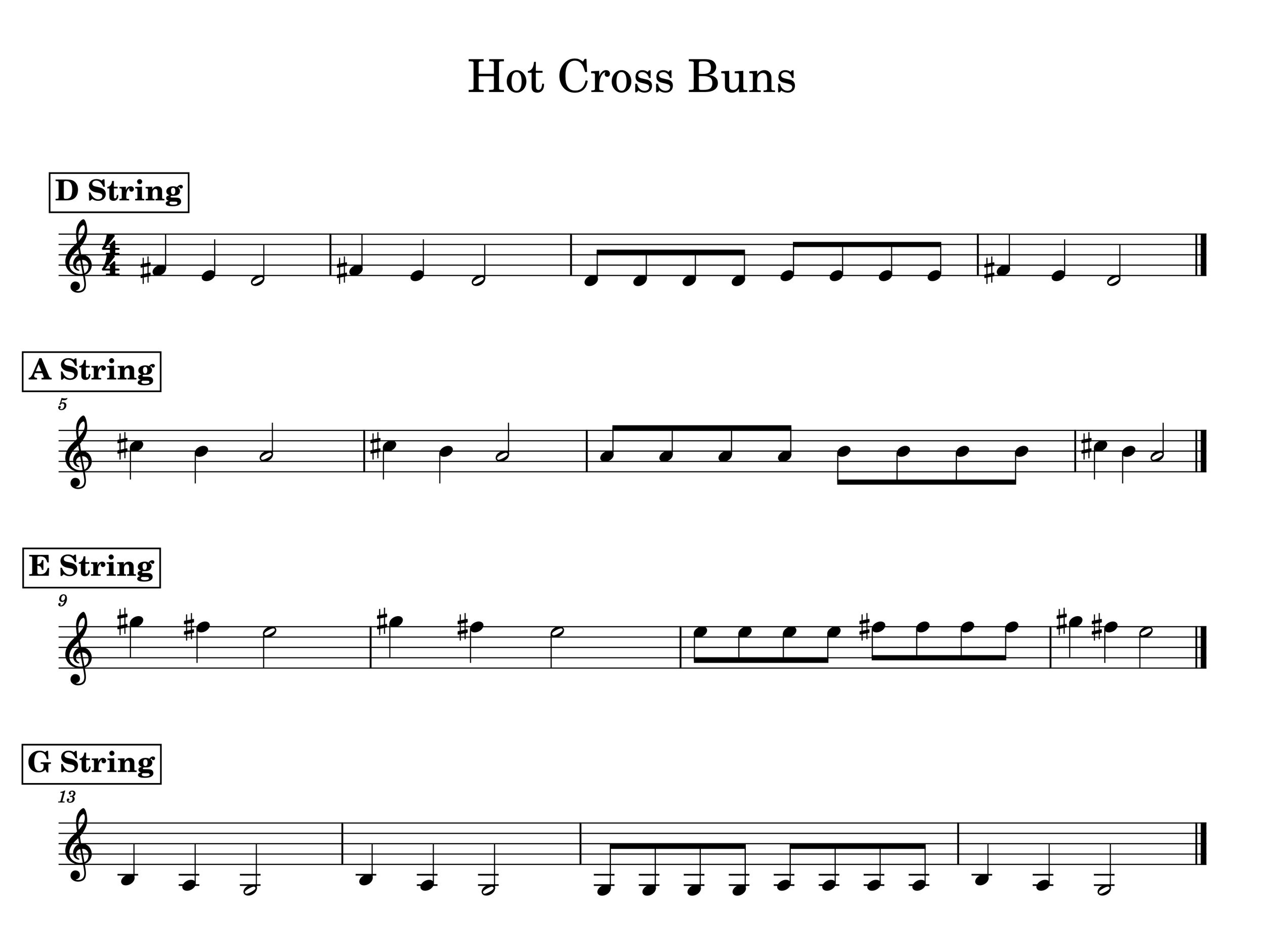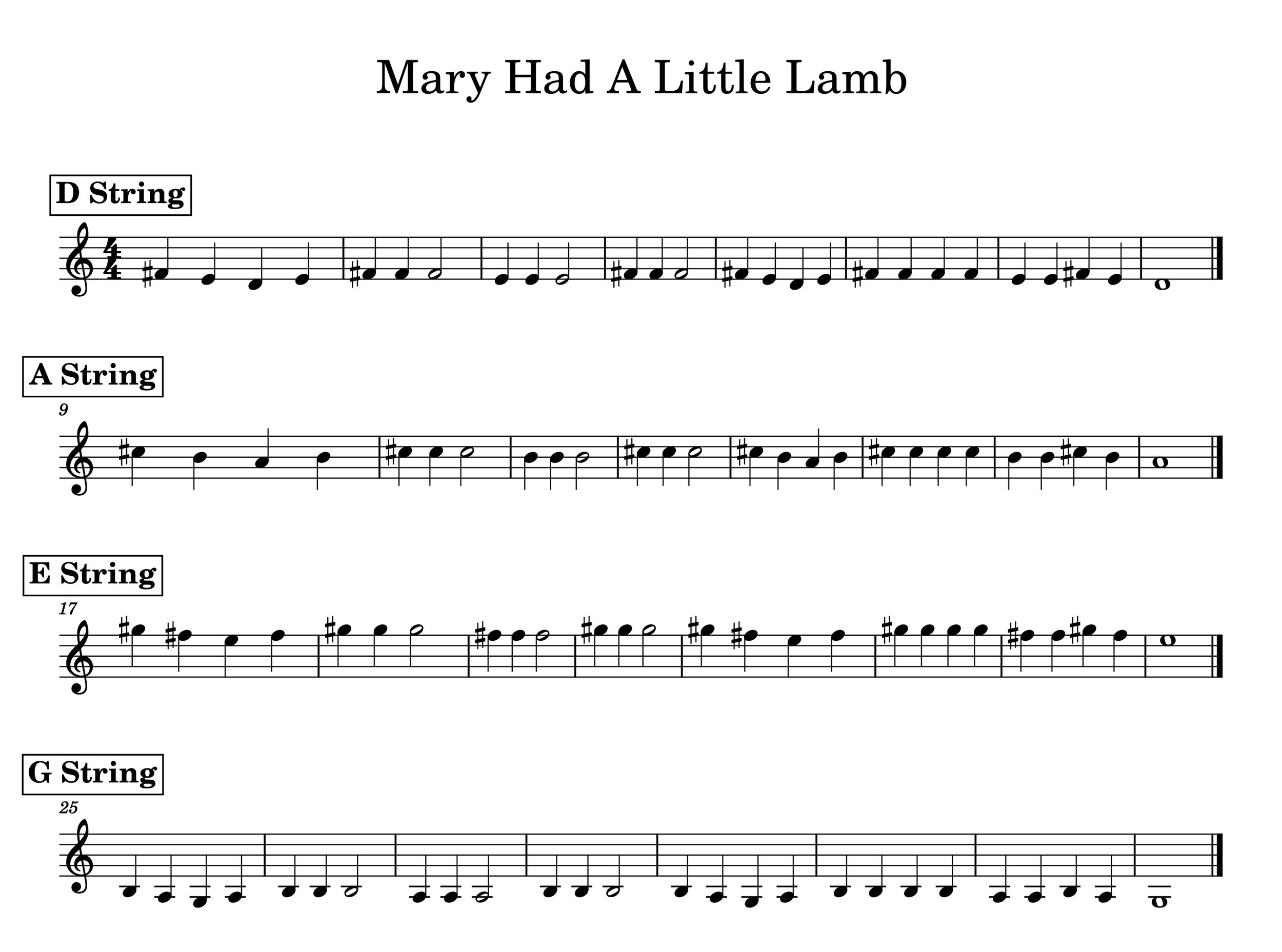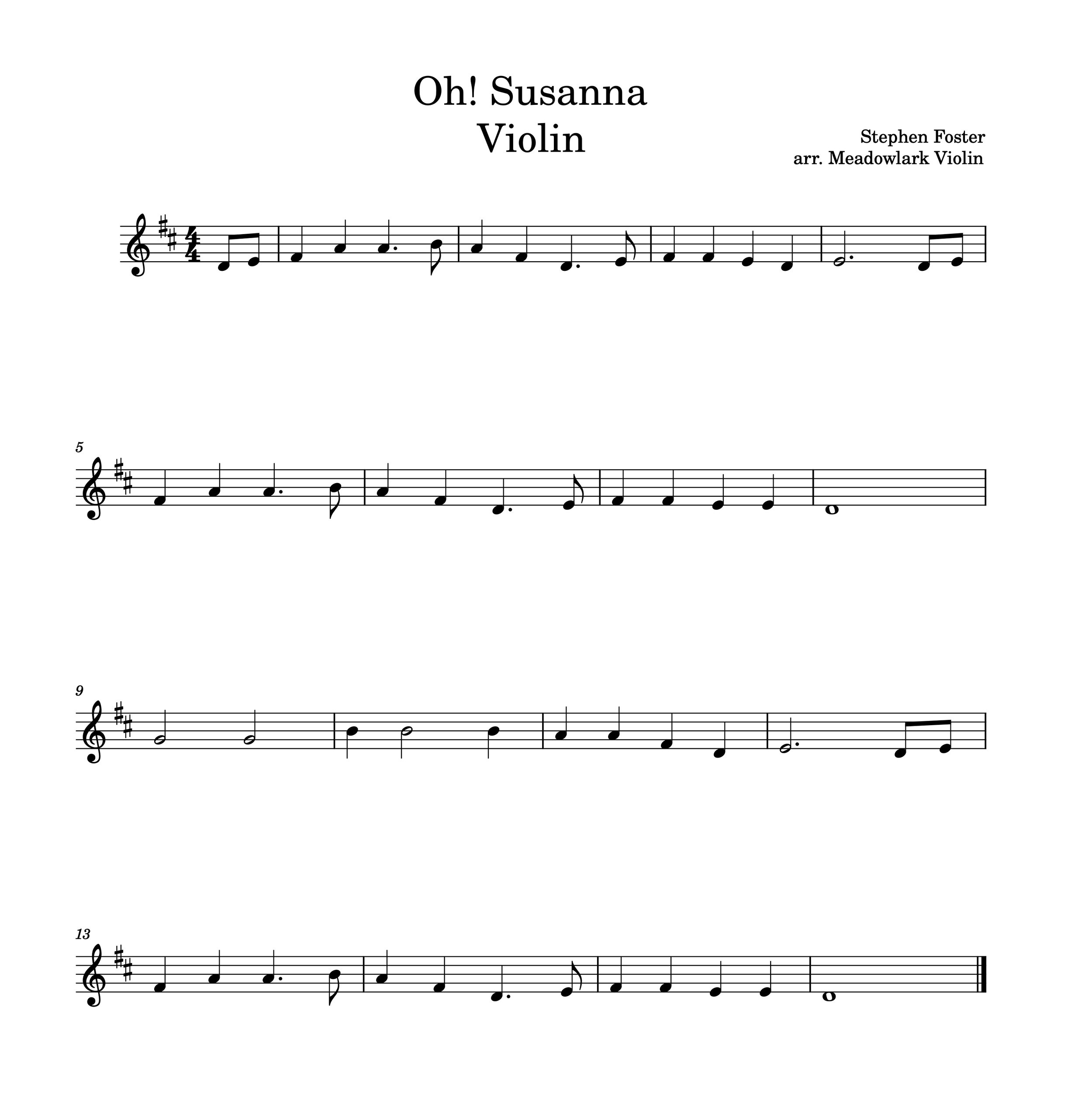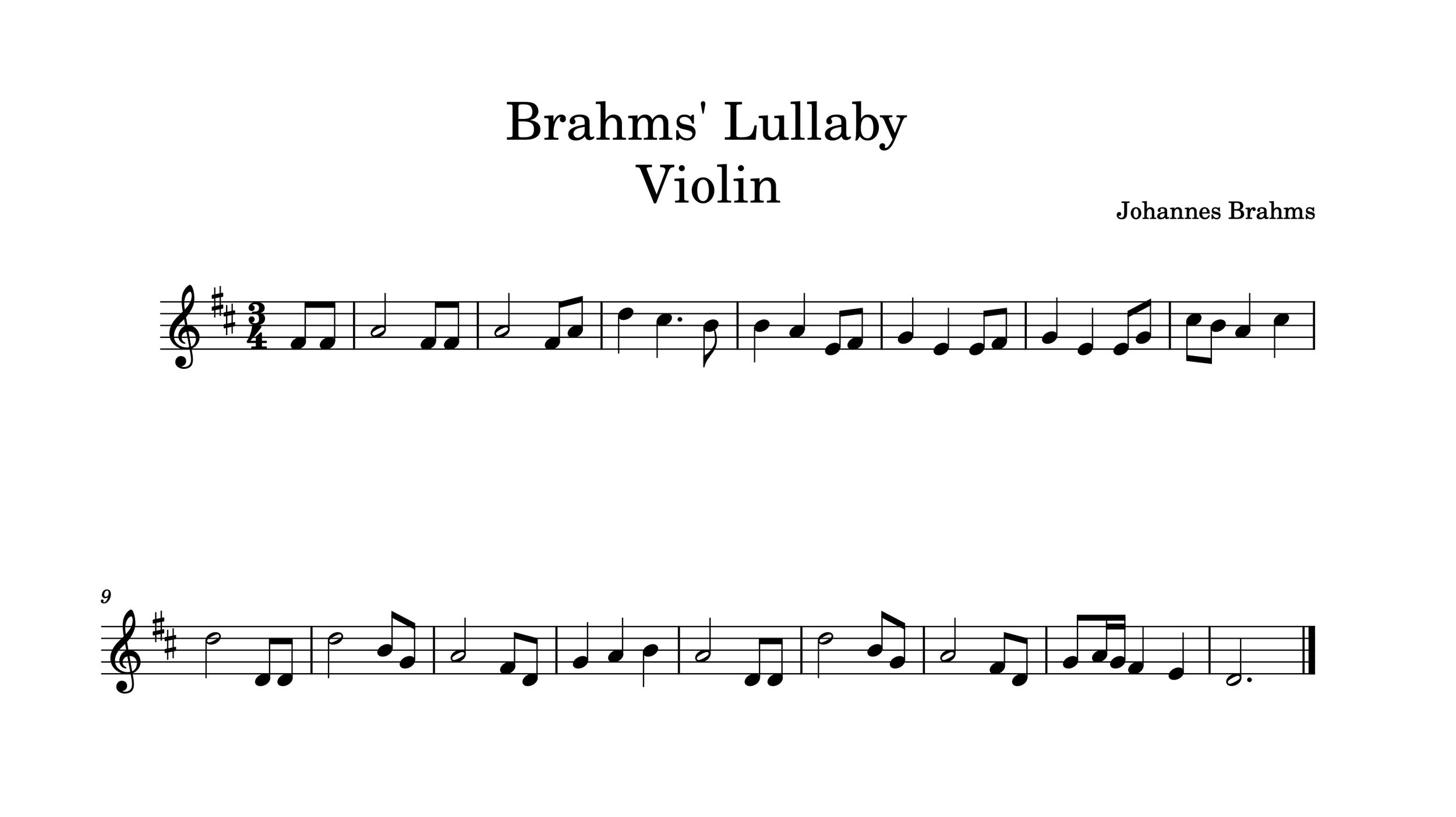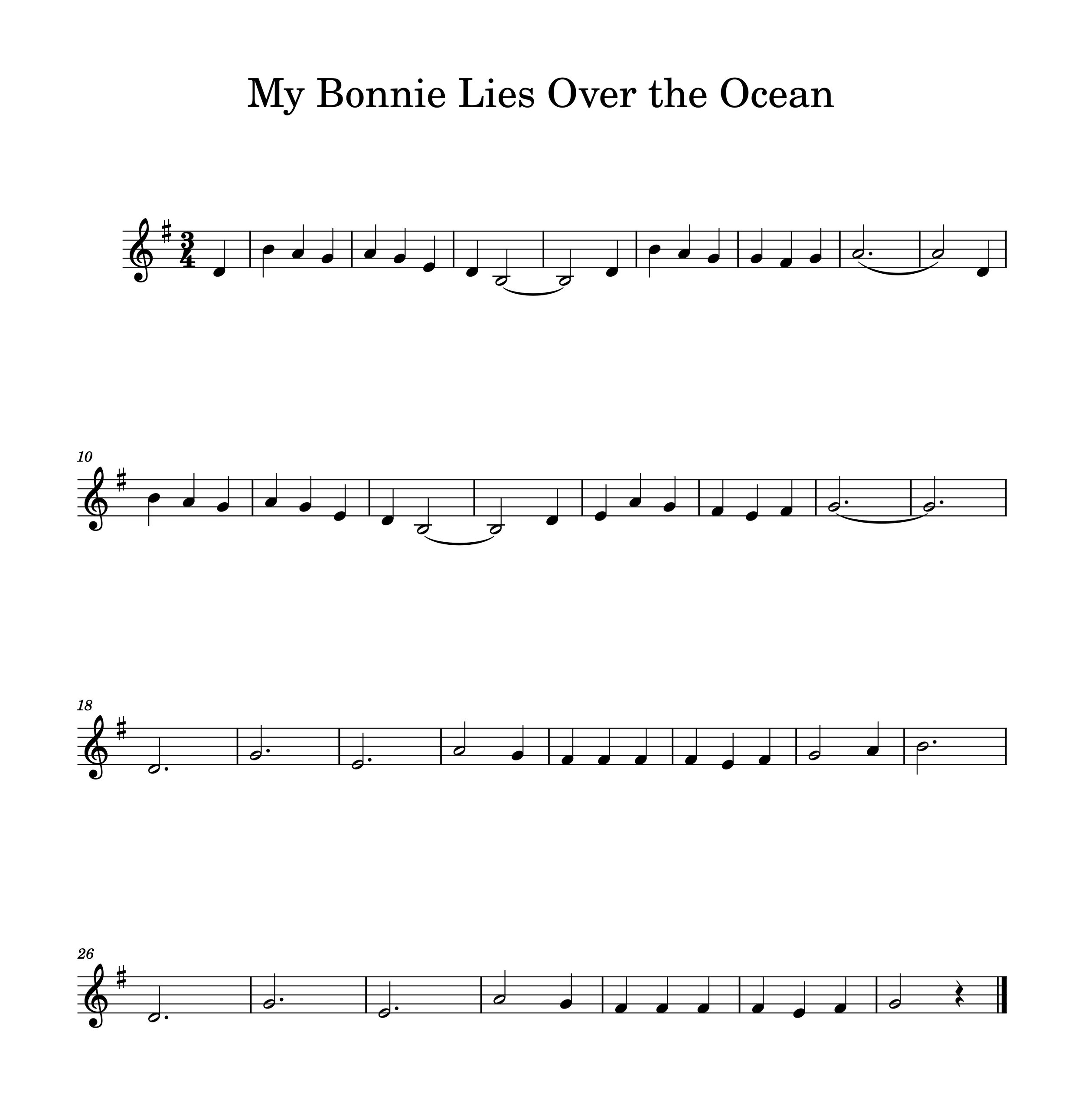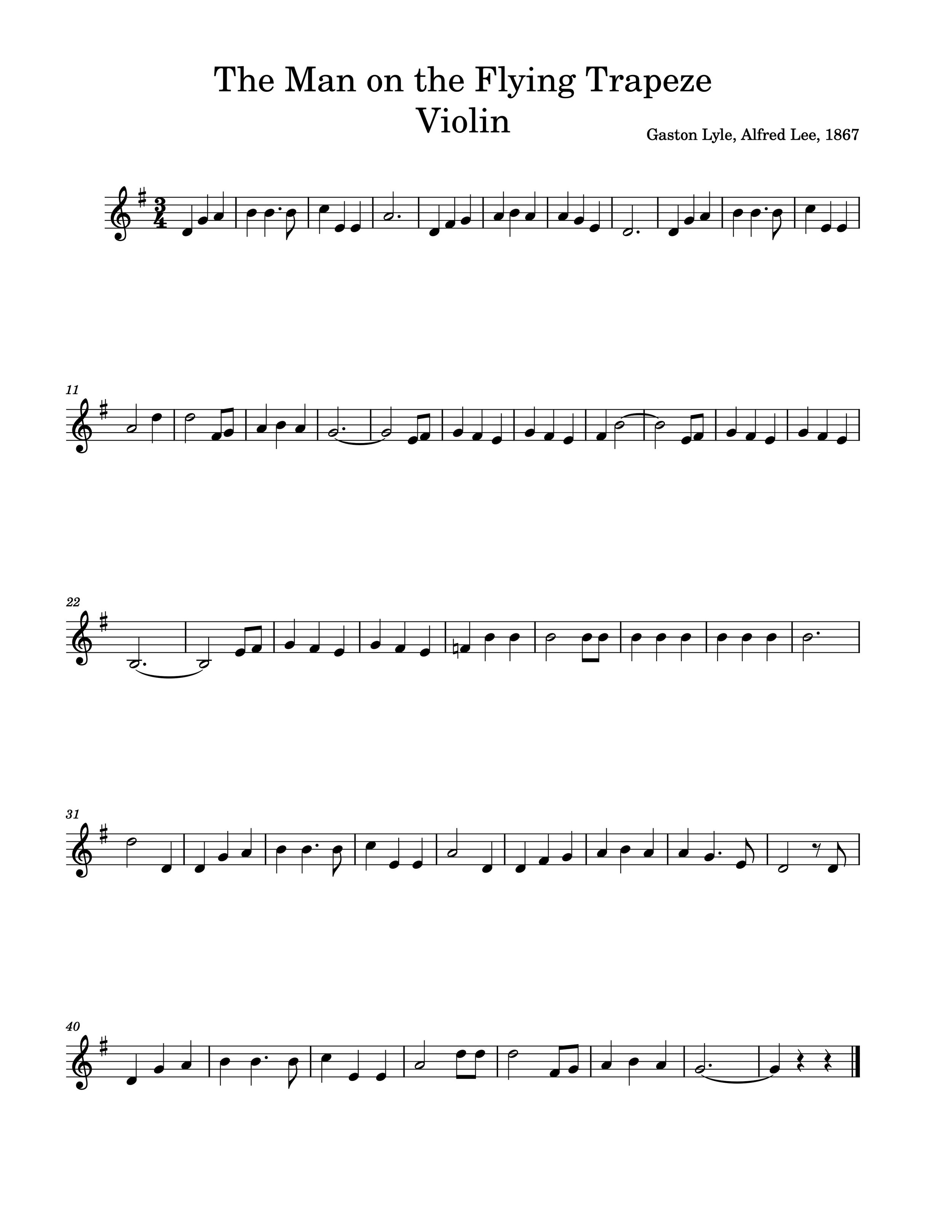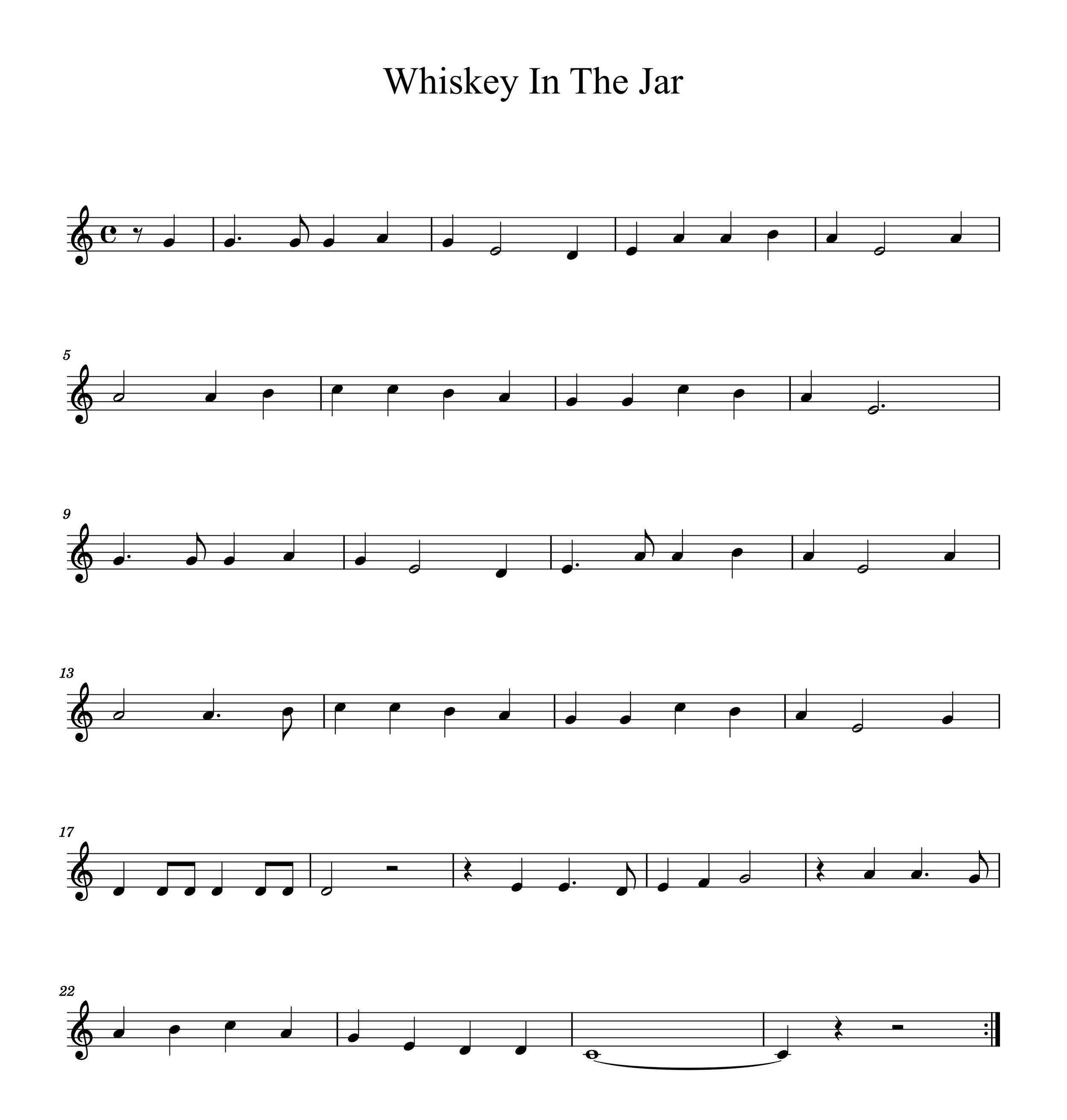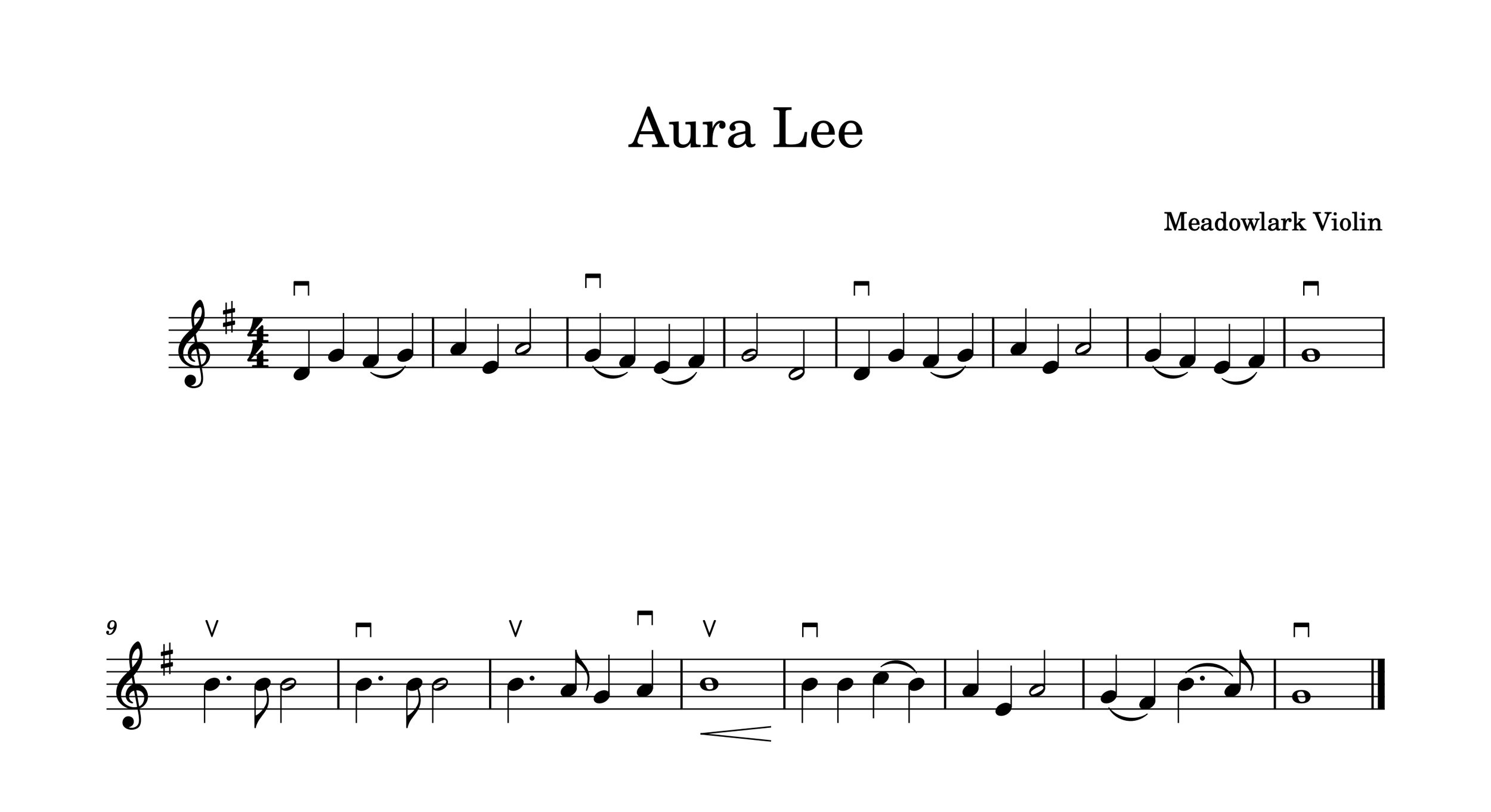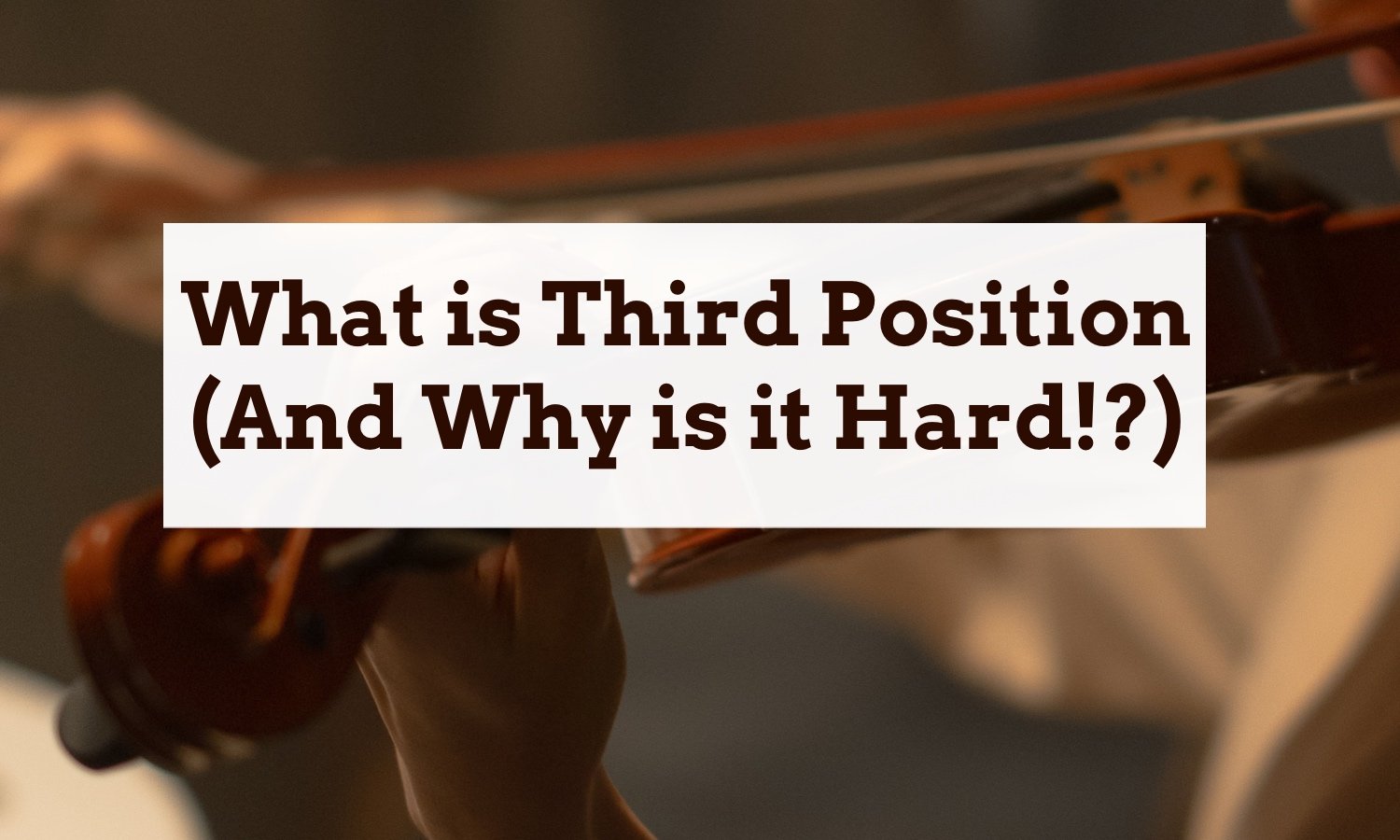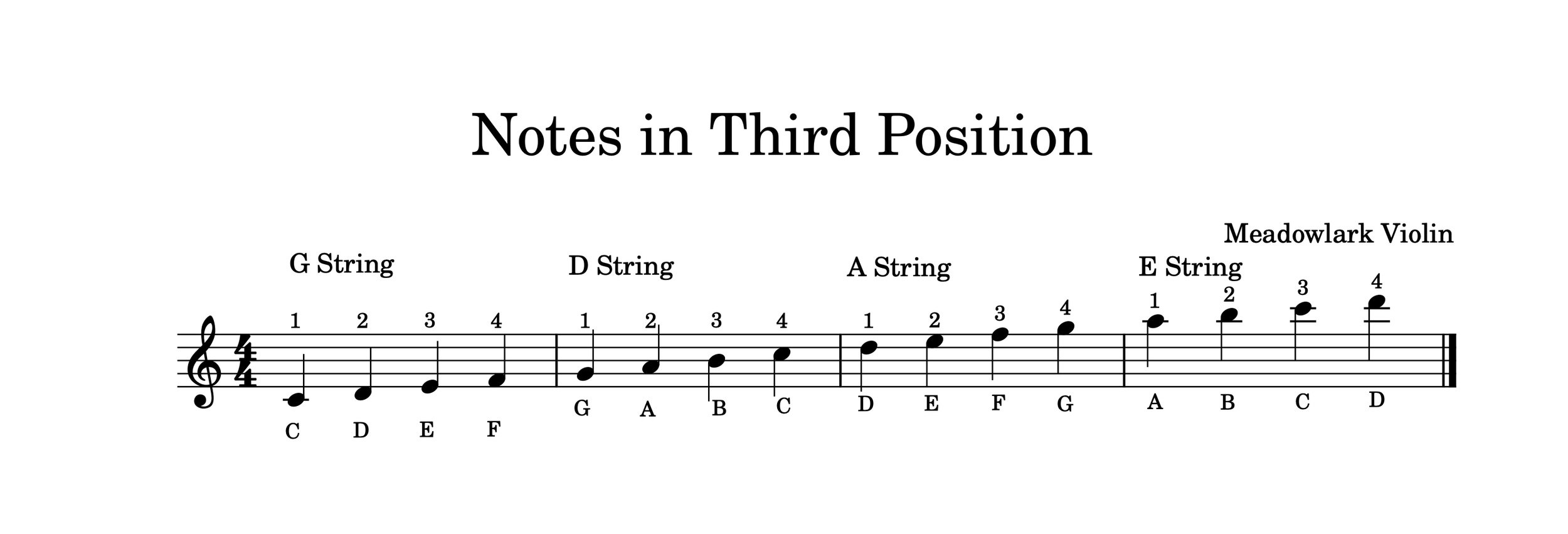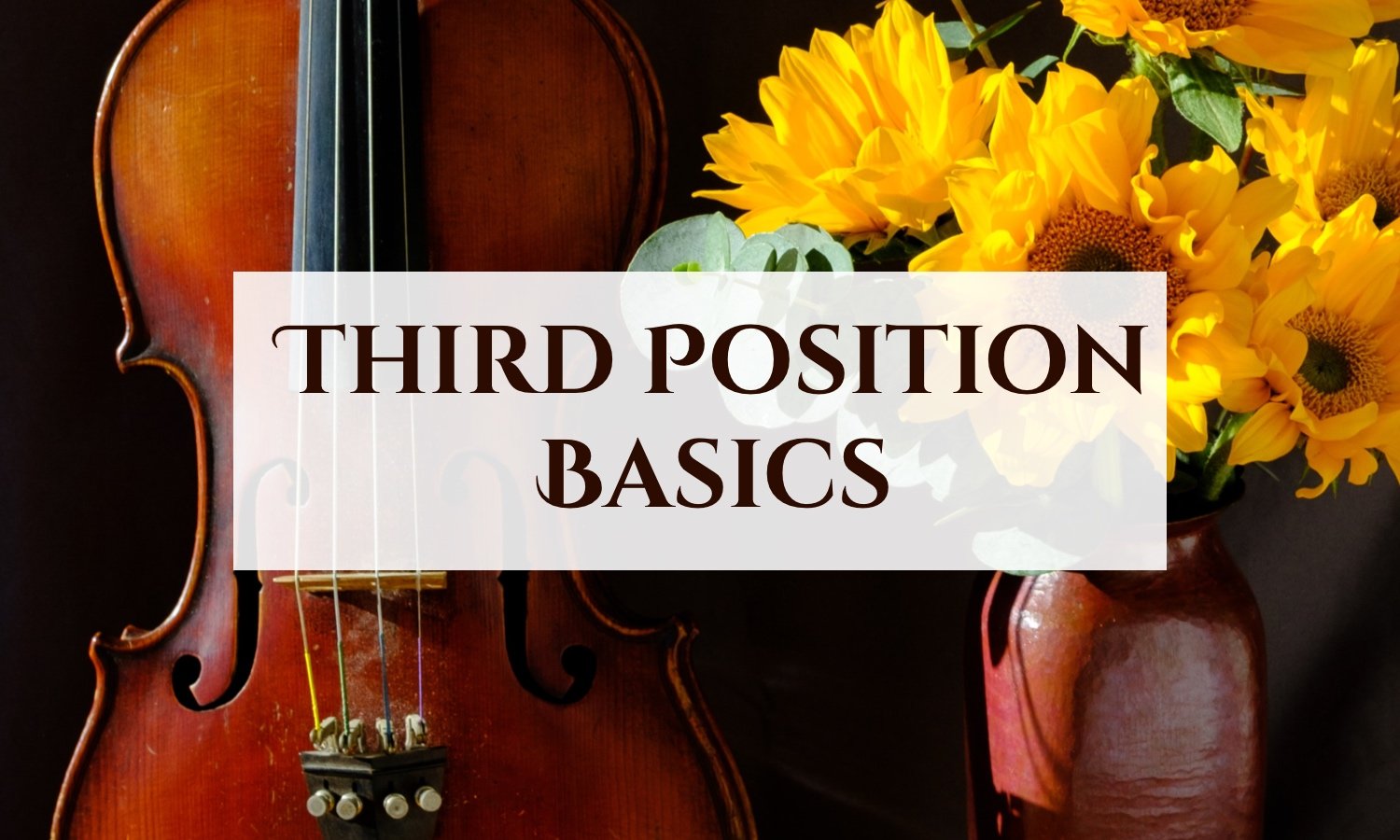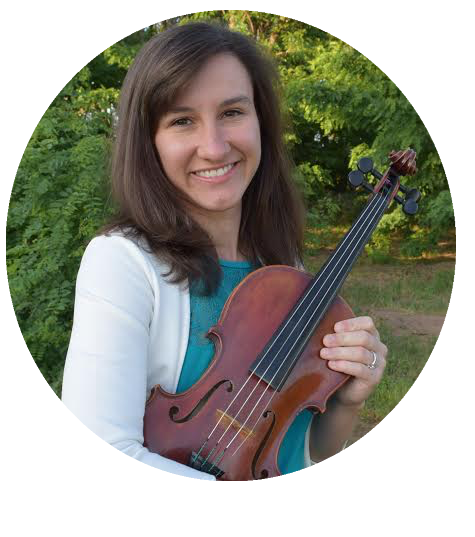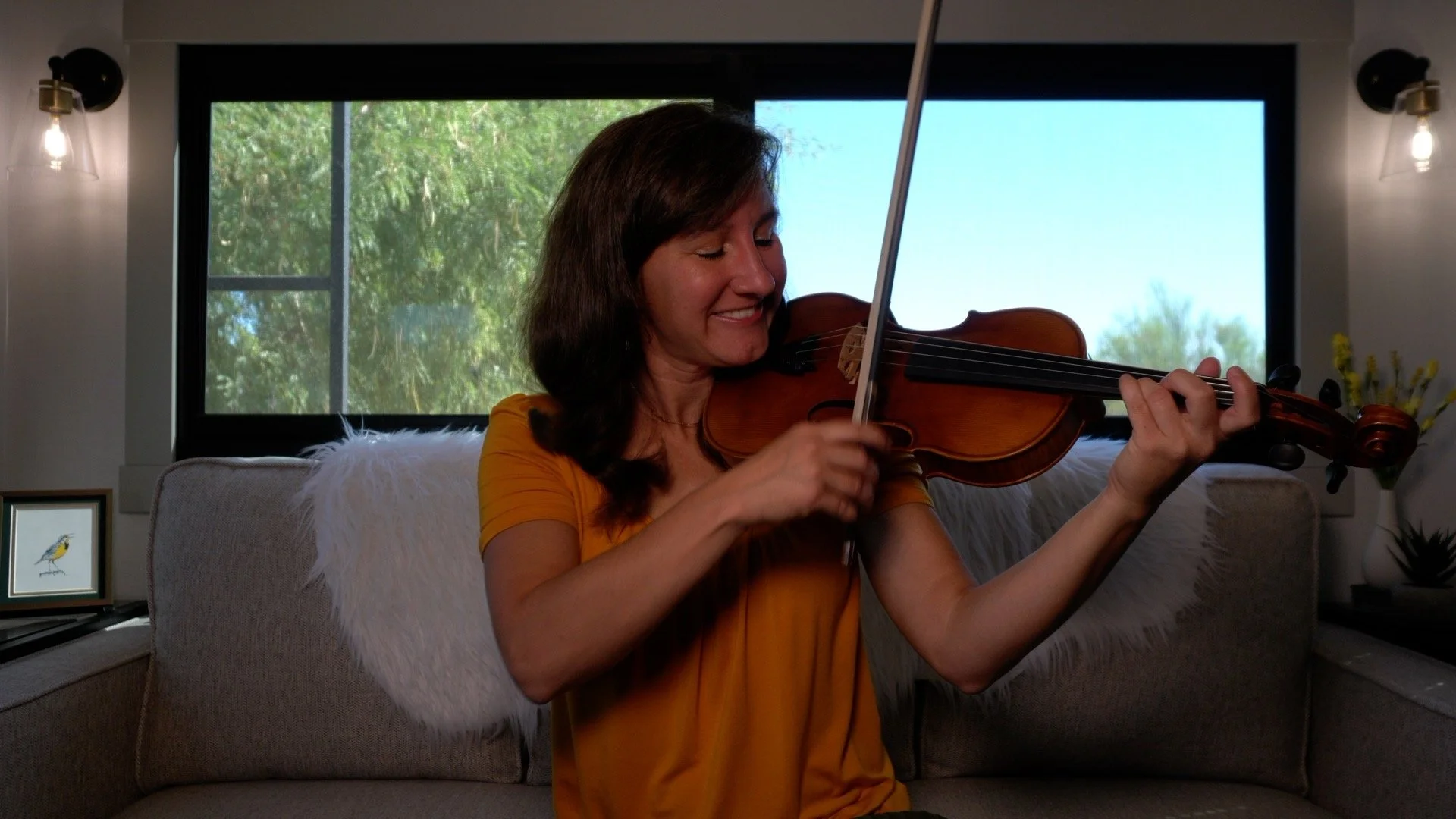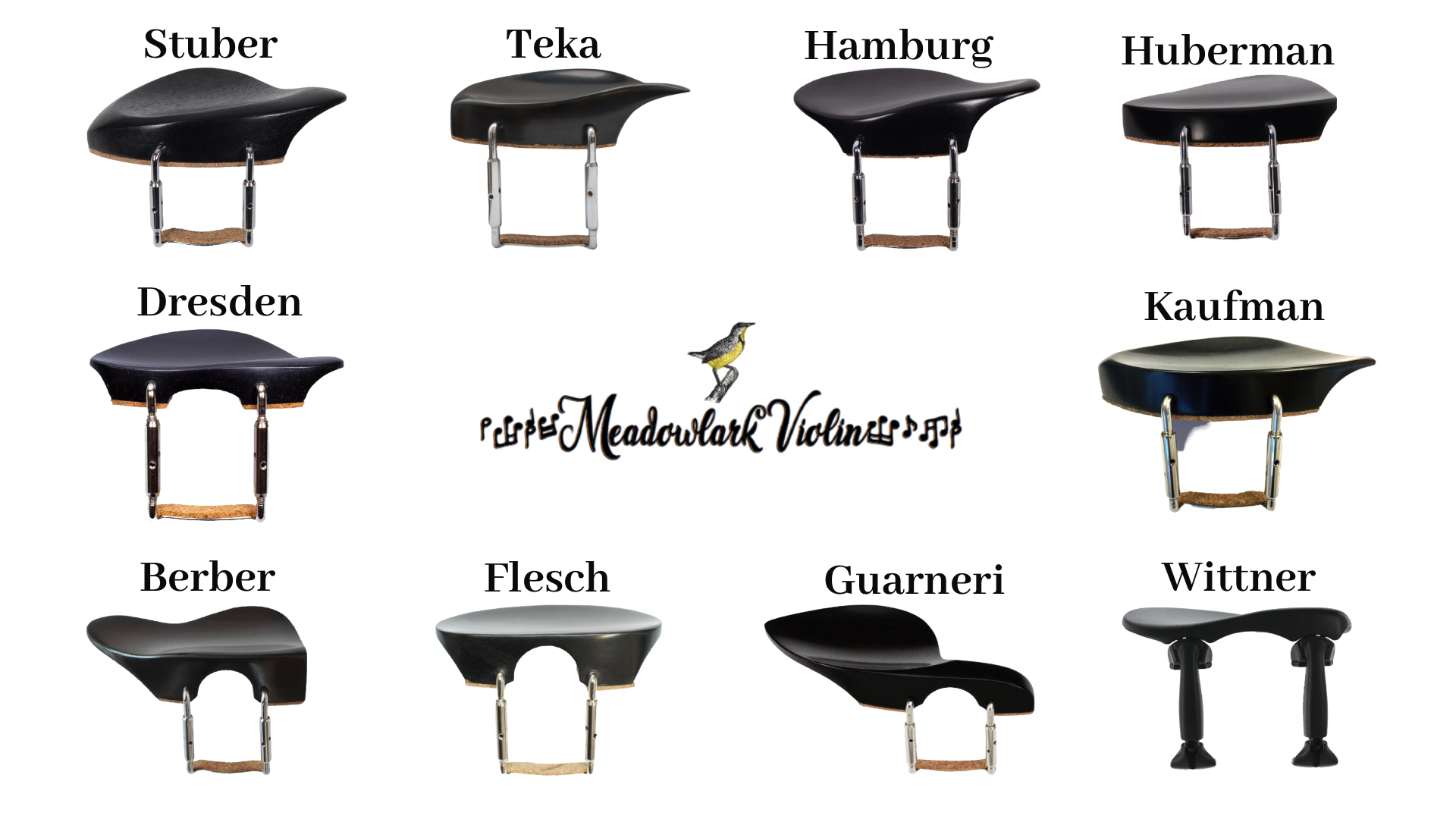#3 The Best Learners Are Their Own Teachers
What made some of my private students more successful at learning the violin than others? It wasn’t natural ability or talent. It wasn’t even dedication or a solid practice routine (although those things definitely helped). The reason some students progressed faster than others was that some students were simply better at teaching themselves.
Think about it, even if you take a private lesson every week, for every other day, every other minute of your practice time, you are your own teacher! Even if you are a brand new beginner, you are constantly evaluating what you are doing and coming up with ways to do it better!
That’s exactly what I do as a violin teacher.
It made me think of my first week after finishing graduate school. For the first time in over a decade, I no longer had formal violin lessons. It was a strange feeling, at one point incredibly freeing and on the other hand, very confusing.
What should I practice? How would I continue to make progress now that I was learning violin on my own? I soon discovered that when I became my own teacher, I began to analyze and understand my playing in ways I hadn’t been able to when I took private lessons. Being my own teacher and teaching myself the violin made me a better player and a better teacher!
So yes, you can teach yourself to play violin. Not only can you teach yourself the basics, I think you can teach yourself intermediate and advanced skills. Maybe there should be some caveats with that. Learning violin on your own is not for everyone and there’s definitely right ways and wrong ways to teach yourself violin.
Learning violin on your own might work for you if you…
Are self-motivated (Most adults are even if you don’t think you are. How do you know you’re self-motivated? Do you need cheap toys from Dollar General to bribe you to practice? No? Okay, you’re more motivated than 90% of children. Congratulations. You probably have the motivation to learn violin yourself.)
Have personal discipline (Teaching yourself violin means practicing every day (or at least most days)
Have the time to analyze problems on your own (this can be better although sometimes more time-consuming than someone telling you your problems)
Can organize your time
Enjoy moderate challenges
Don’t have time for private lessons or don’t live near any violin teachers
Learning violin on your own is not for you if you…
Don’t like to push yourself
Have trouble focusing
Don’t like practicing by yourself
Have trouble sticking with a routine
Want to play at Carnegie Hall
How to Teach Yourself Violin (The Dos and Don’ts of Learning Violin on Your Own)
Okay, you’ve decided you can teach yourself violin. Great! There’s a couple things you should watch out for and a couple things you should do to make learning the violin on your own easier.
Don’t Piece Together Lessons on Youtube. Find a Self-Taught Course with Meaningful Progression.
Probably the biggest issues students face when trying to teach themselves to play violin is dabbling in this and that and never learning anything in a meaningful progression. That’s a recipe for frustration. You’re also going to miss out on valuable lessons that you need to understand for advanced concepts and you may develop bad habits along the way. This is where teaching yourself to play violin can be disastrous.
How to avoid that frustration? Find a self-taught violin course that will show you all the fundamentals in an easy to follow progression.
Ahem. Um, yes you know what I’m about to say. I have some options for you when it comes to “teach yourself violin” courses. And yes, they happen to be my courses.
I didn’t just create a few courses to teach yourself violin. I created an entire online studio with pathways that will take you from brand new beginner to intermediate player and beyond. My courses give you everything you need to know, from music theory, to ear training, song tutorials, and techniques for left and right hand, all in one place.
2. Get a Practice Routine and Stick With It!!
Setting up a good practice routine is probably the next best thing you can do to be successful at teaching yourself violin. I’ve got lots of advice on how to set up a good practice routine.
Click here to read and watch my ultimate practice guide for violin beginners (and intermediate and advanced players and anyone else who practices anything!)
3. Commit to Practicing Every Day (or at Least Most Days)
If you can practice every day, even for a small amount of time, you’ll make progress and be able to learn violin on your own. Regular practice is essential to learning this instrument. It’s better to practice ten minutes a day every day rather than two hours once a week.
Regular practice will help you continue to make progress which means you’ll want to practice more. This cycle is so important to staying motivated.
4. Learn to Be a Detective
To be your own violin teacher, you have to get down in the nitty-gritty of violin playing. If something doesn't sound right. Act like a detective. Don’t just play it again and again and again hoping for different outcomes (that’s the definition of a crazy person, right?)
Stop. Get out your proverbial magnifying glass. Is it a rhythm problem? A problem with note reading? A left hand problem? A right hand problem? Once you figure out what the issue is, you’ll be able to come up with a solution to fix it!
5. Get Feedback When You Need It
I’ve learned that with the right tools and mindset, adults are perfectly capable of teaching themselves violin. However, sometimes you just need a checkup and some feedback to make sure you are doing things correctly. Or just need to ask a violin teacher your questions and get some answers.
That’s exactly how I designed Meadowlark Violin Studio. You can ask questions and get advice on my exclusive forum anytime. Gold members get monthly feedback so they can make sure they are on the right tracks. It’s the perfect way to teach yourself violin, but have someone to help you out when you need it.
If you want to learn more about Meadowlark Violin Studio, click here!
